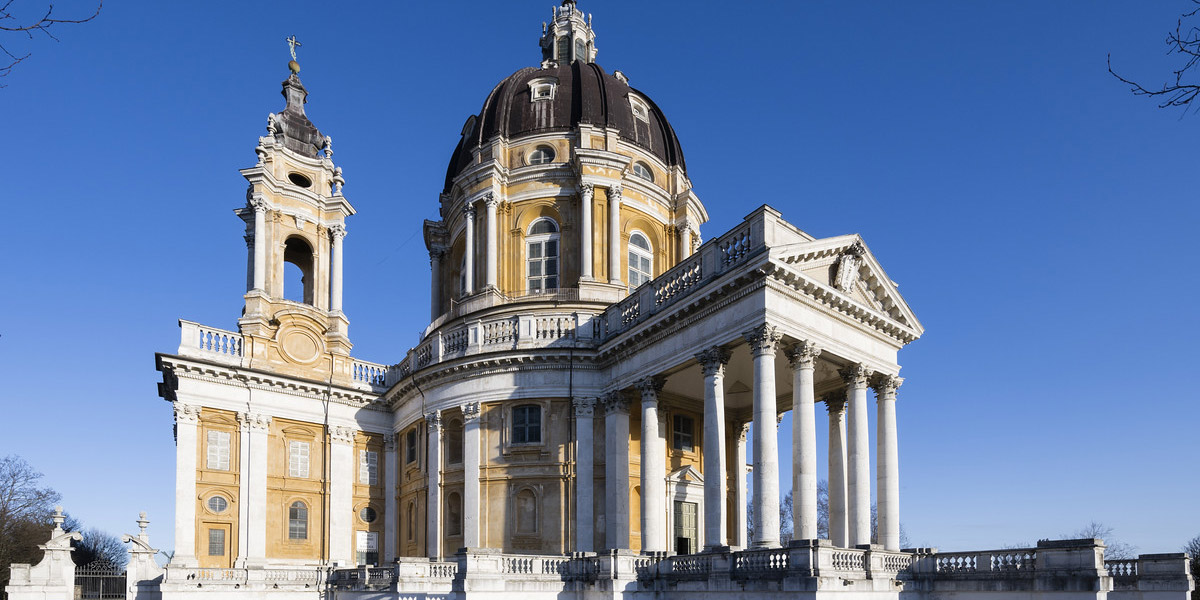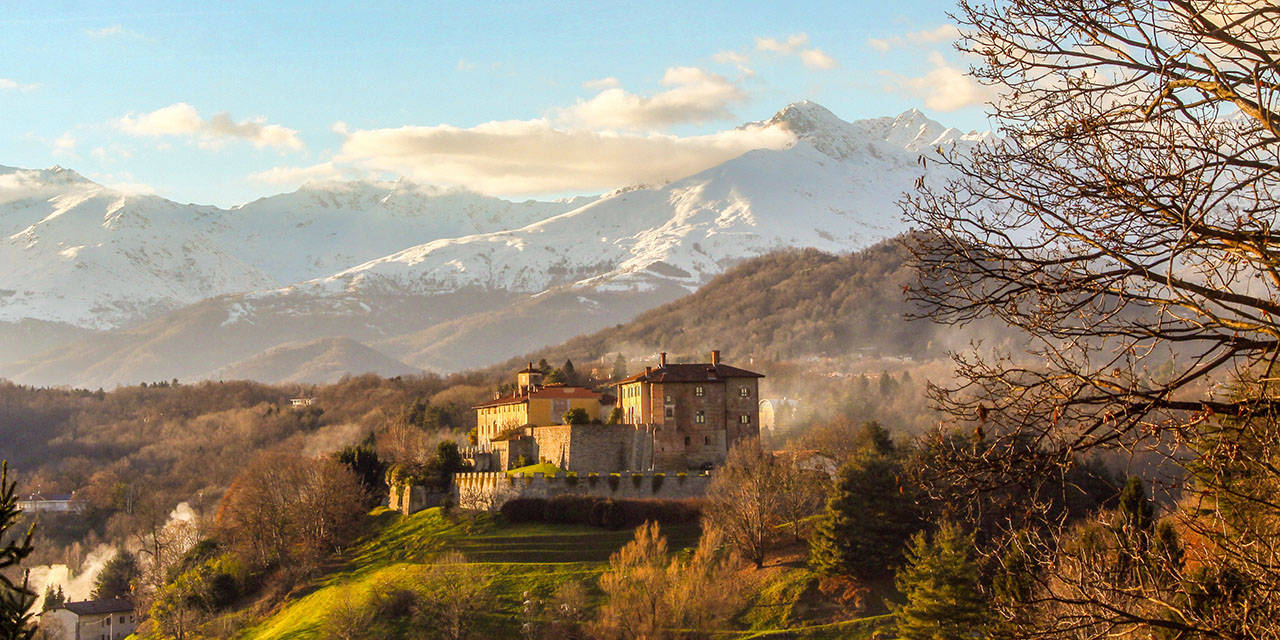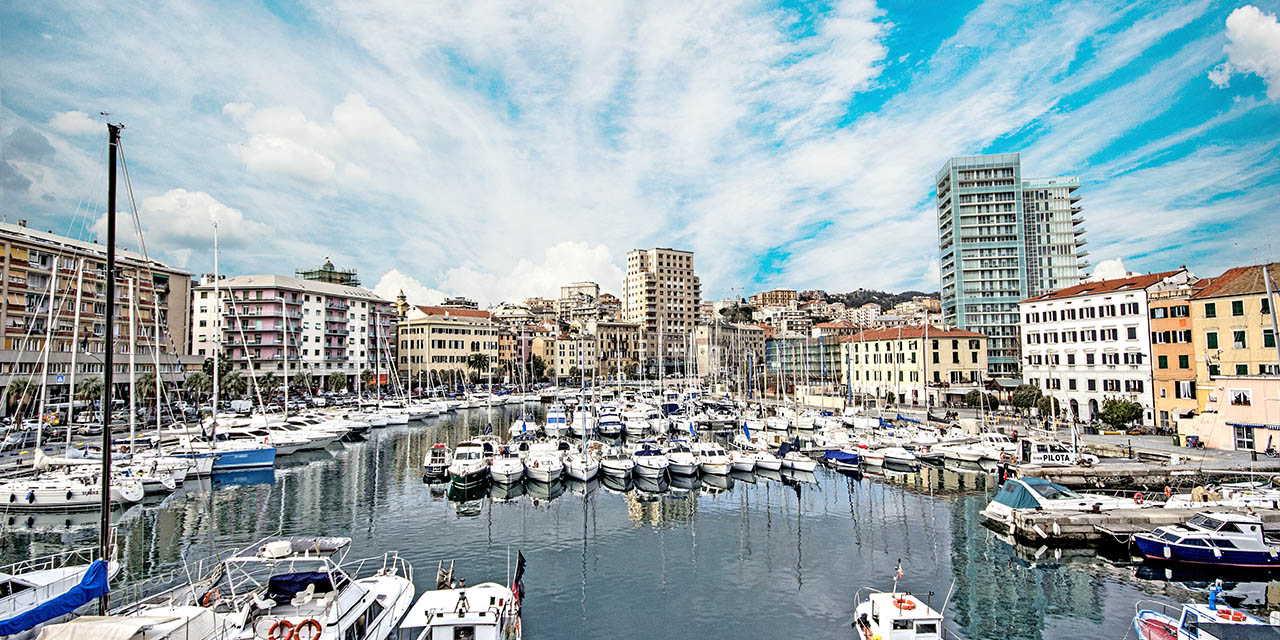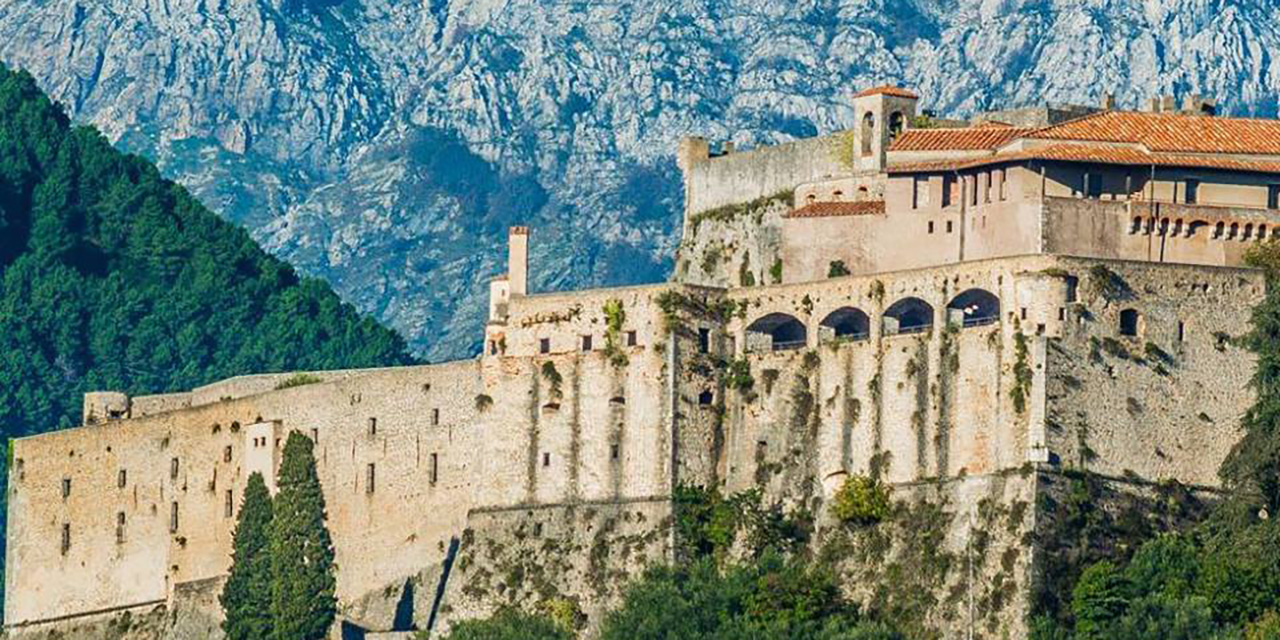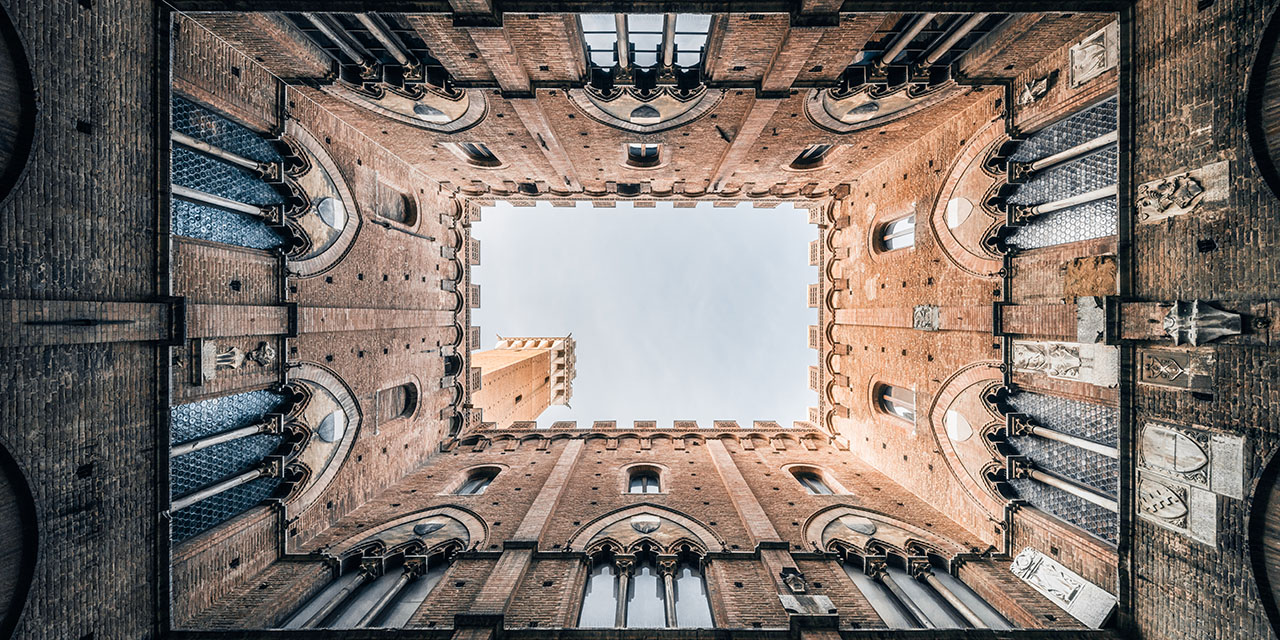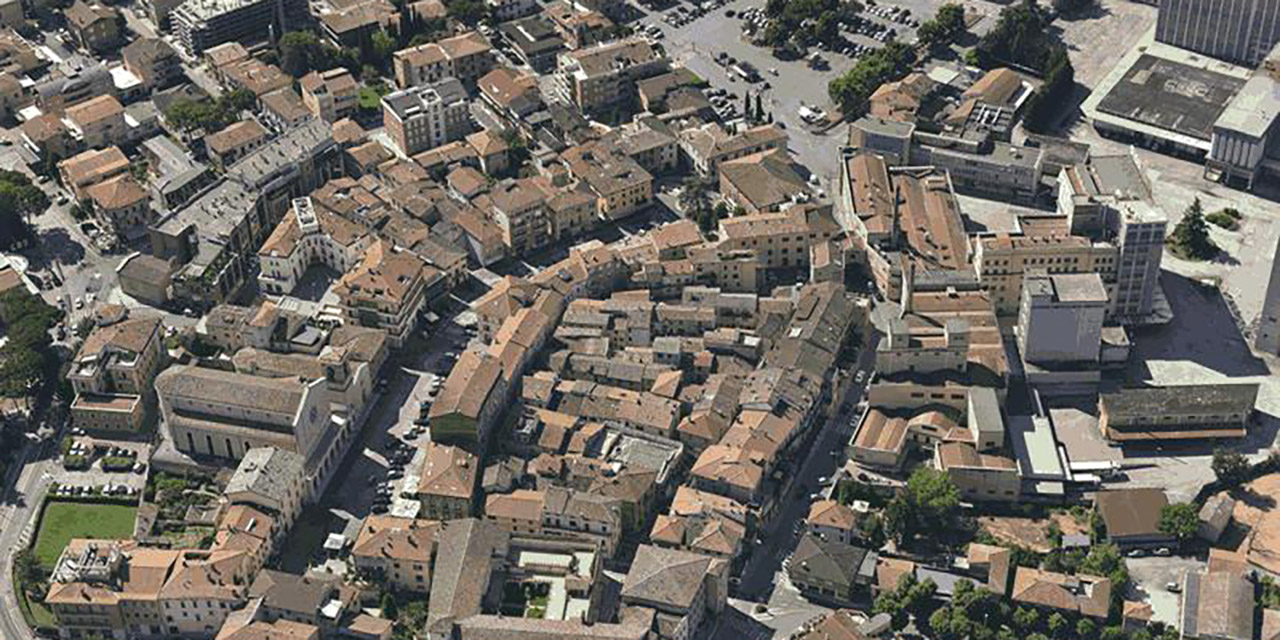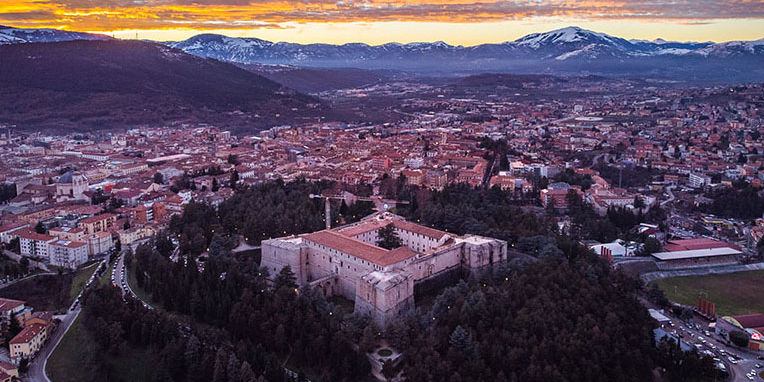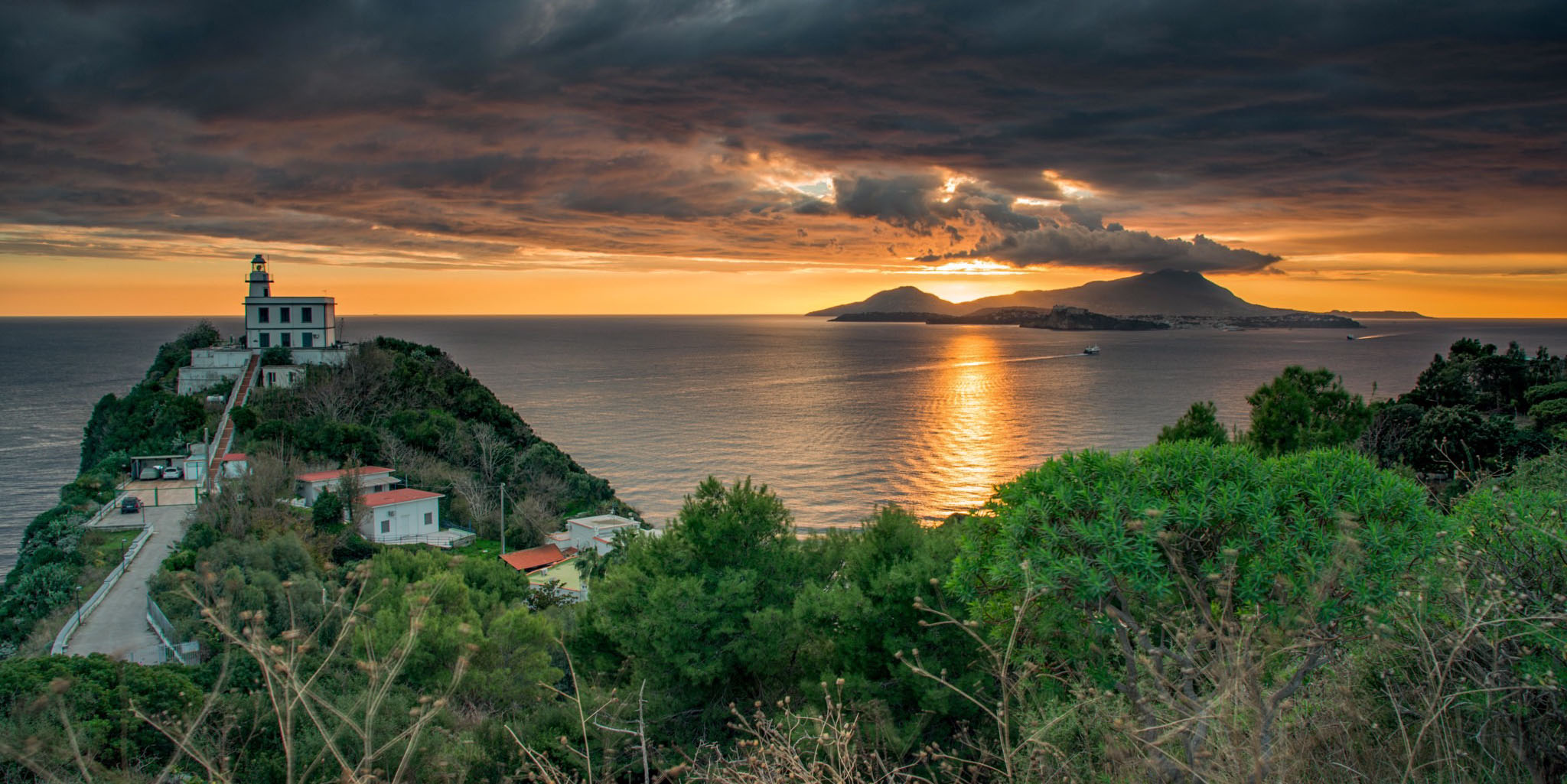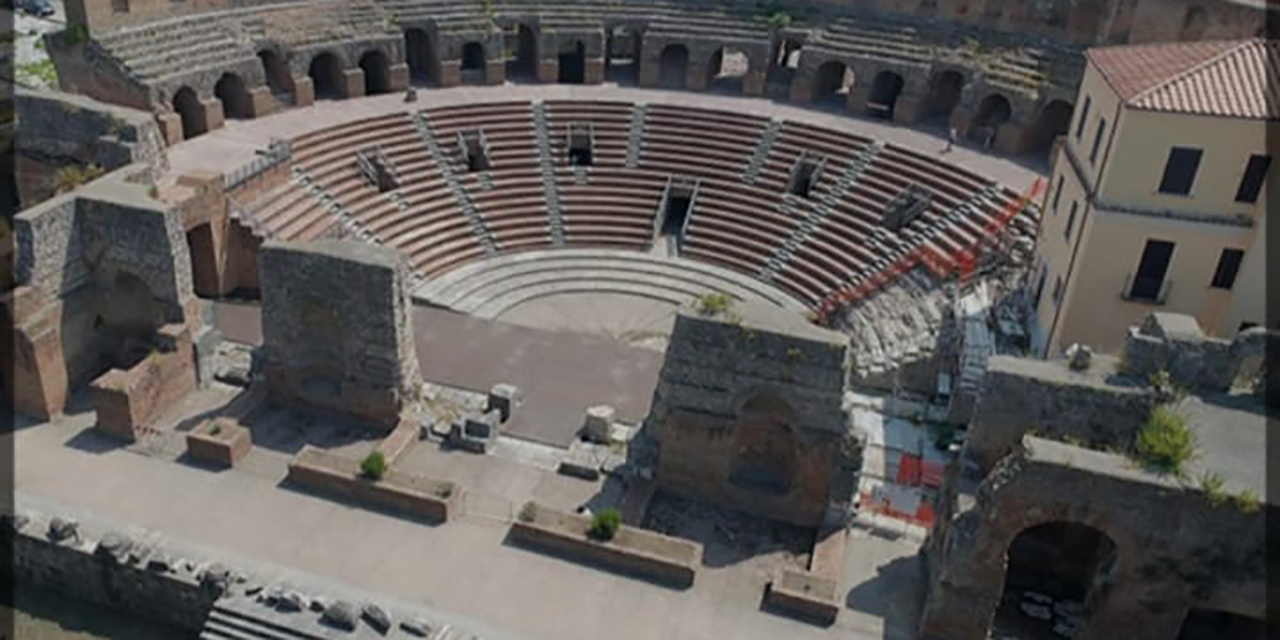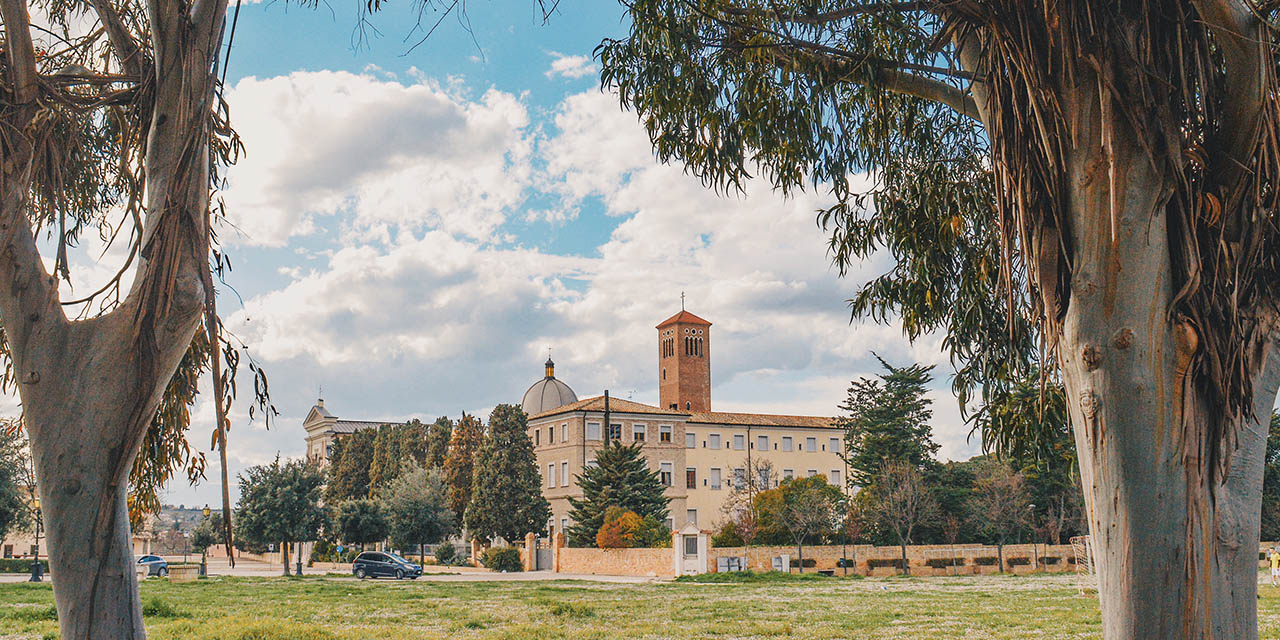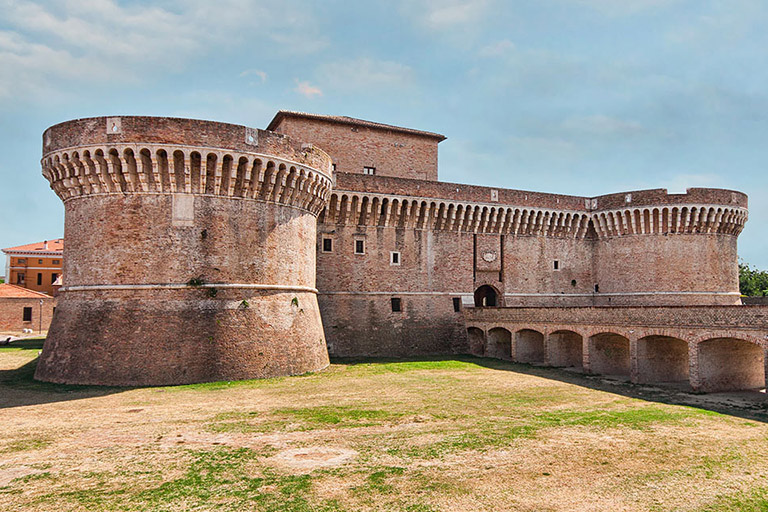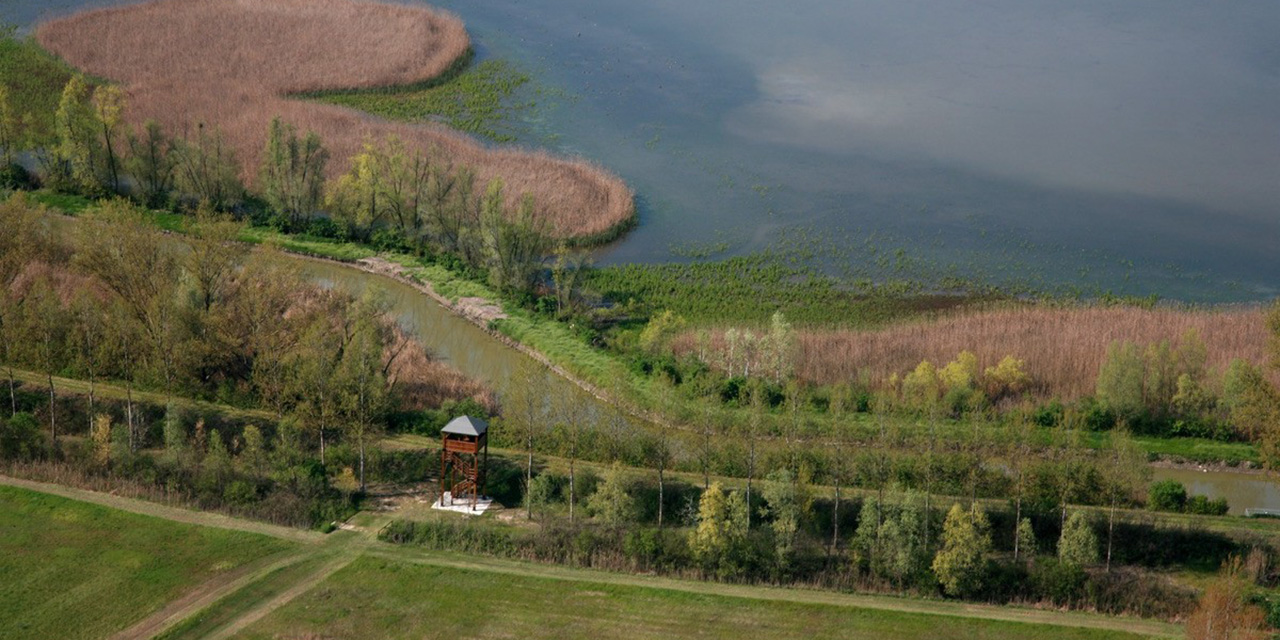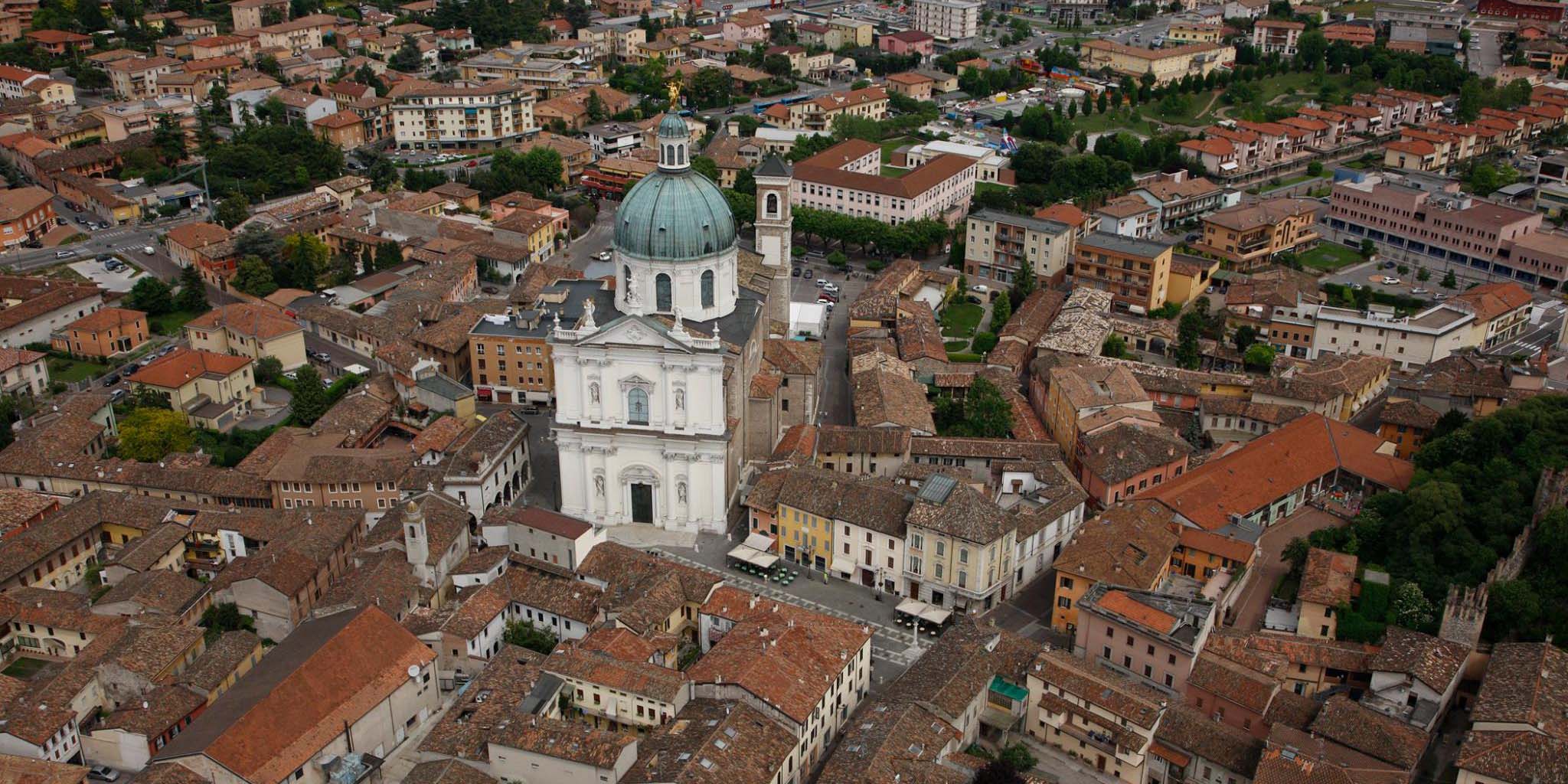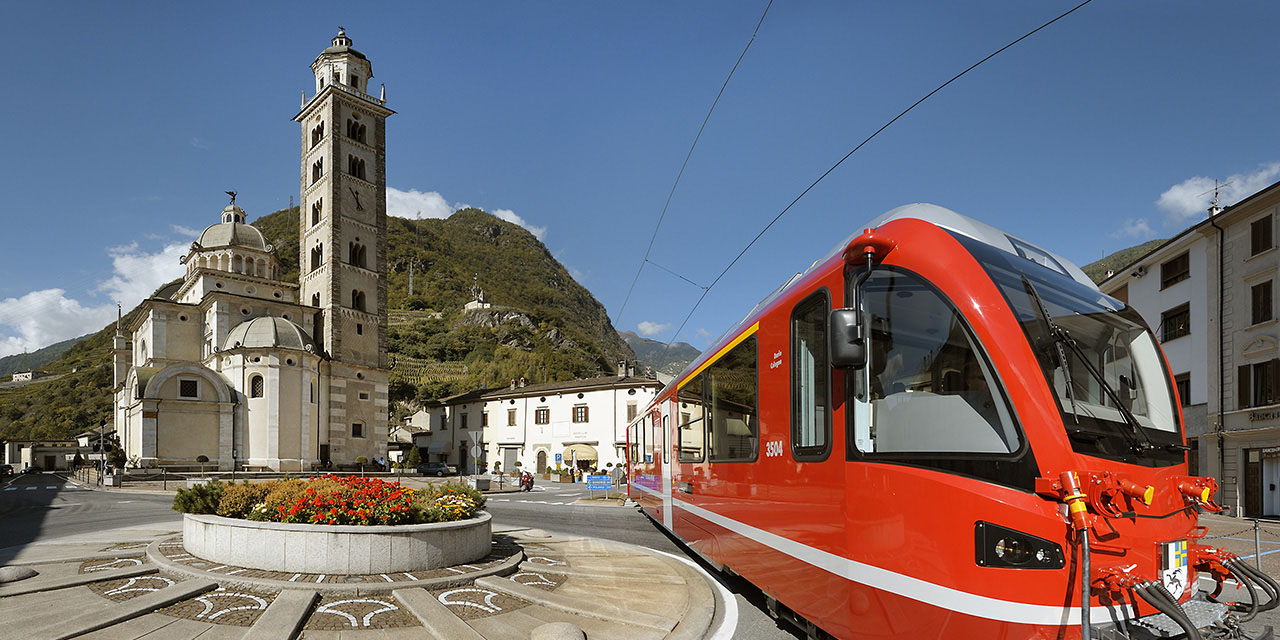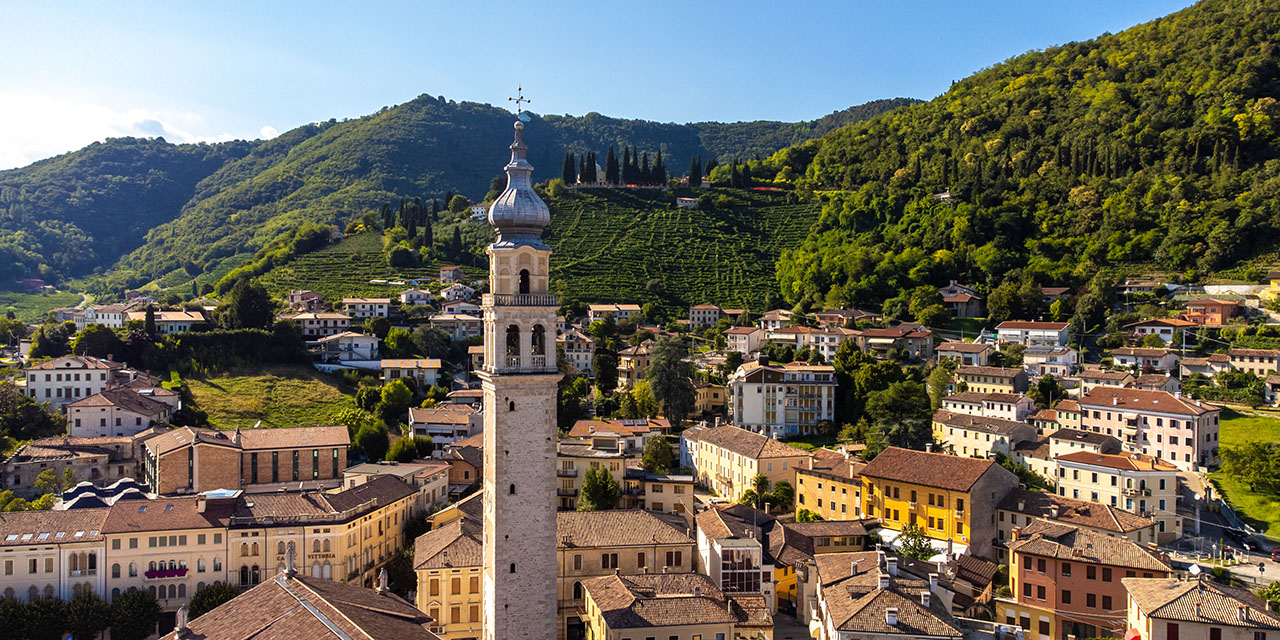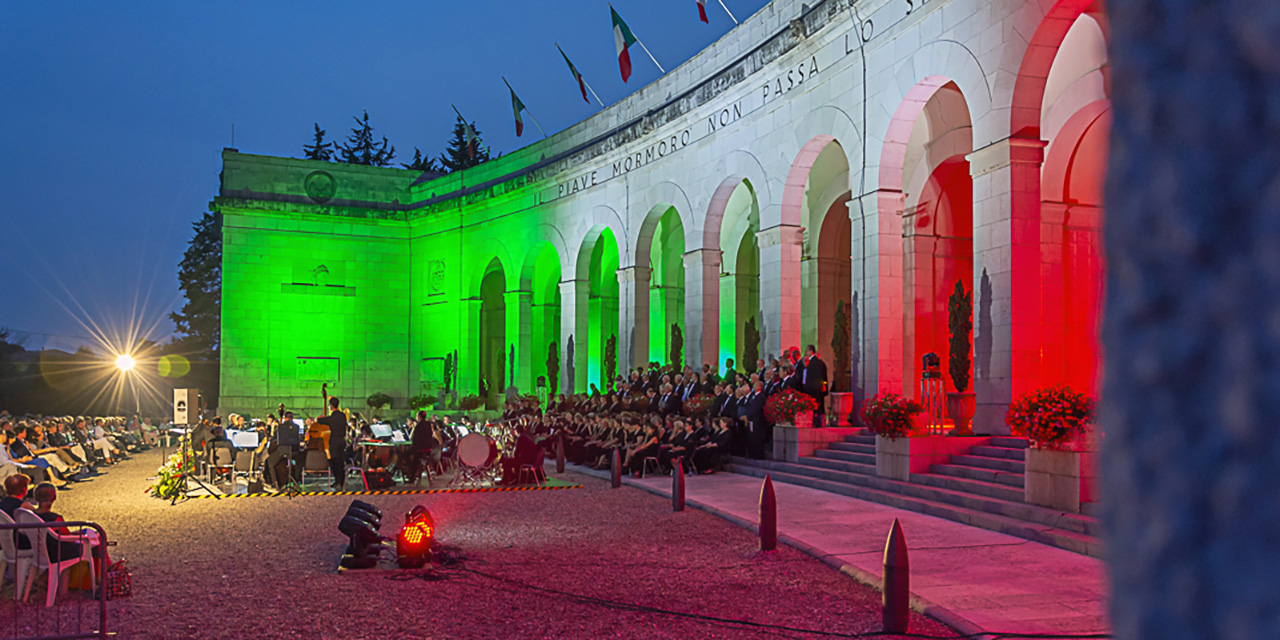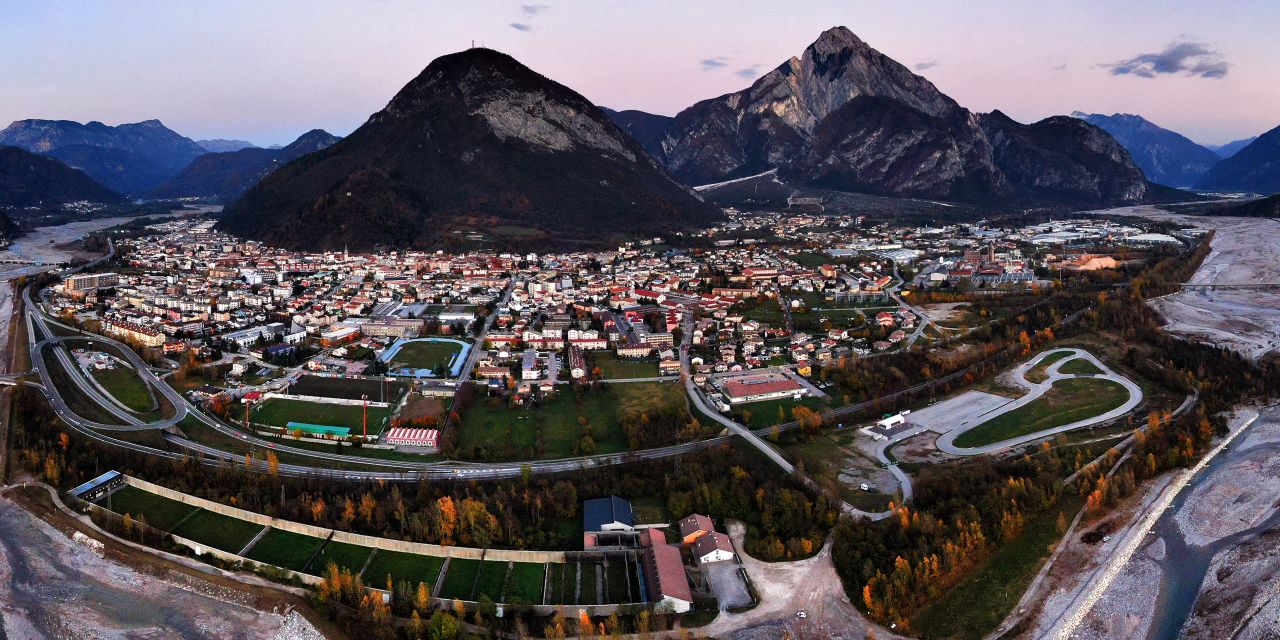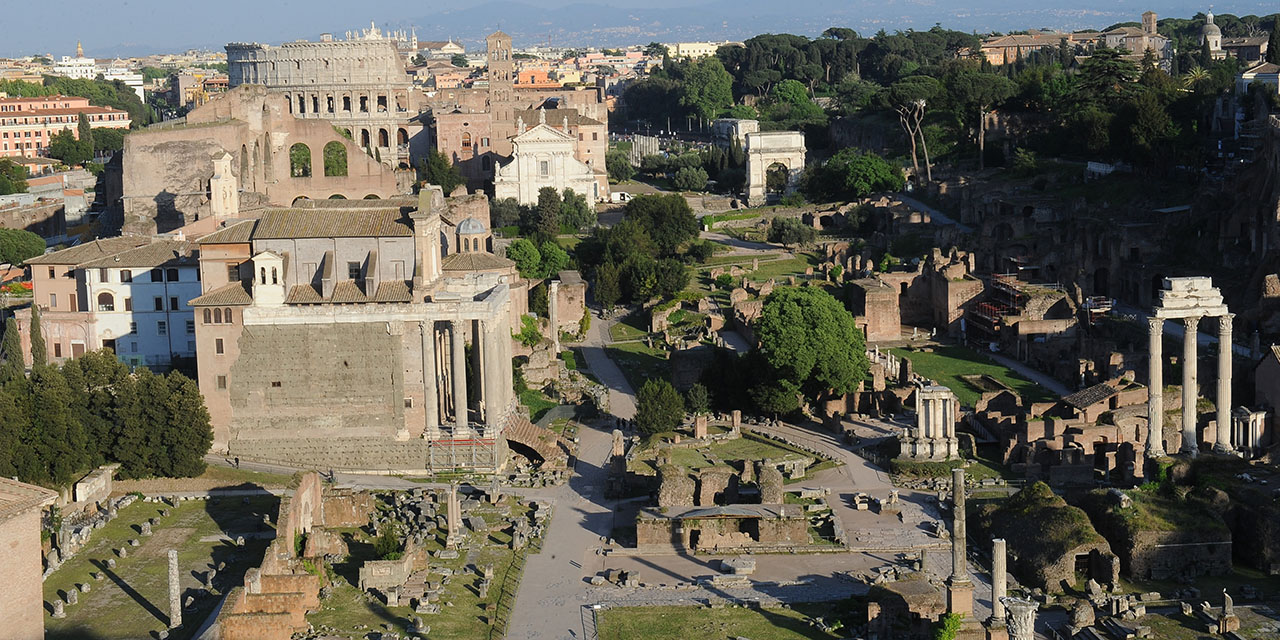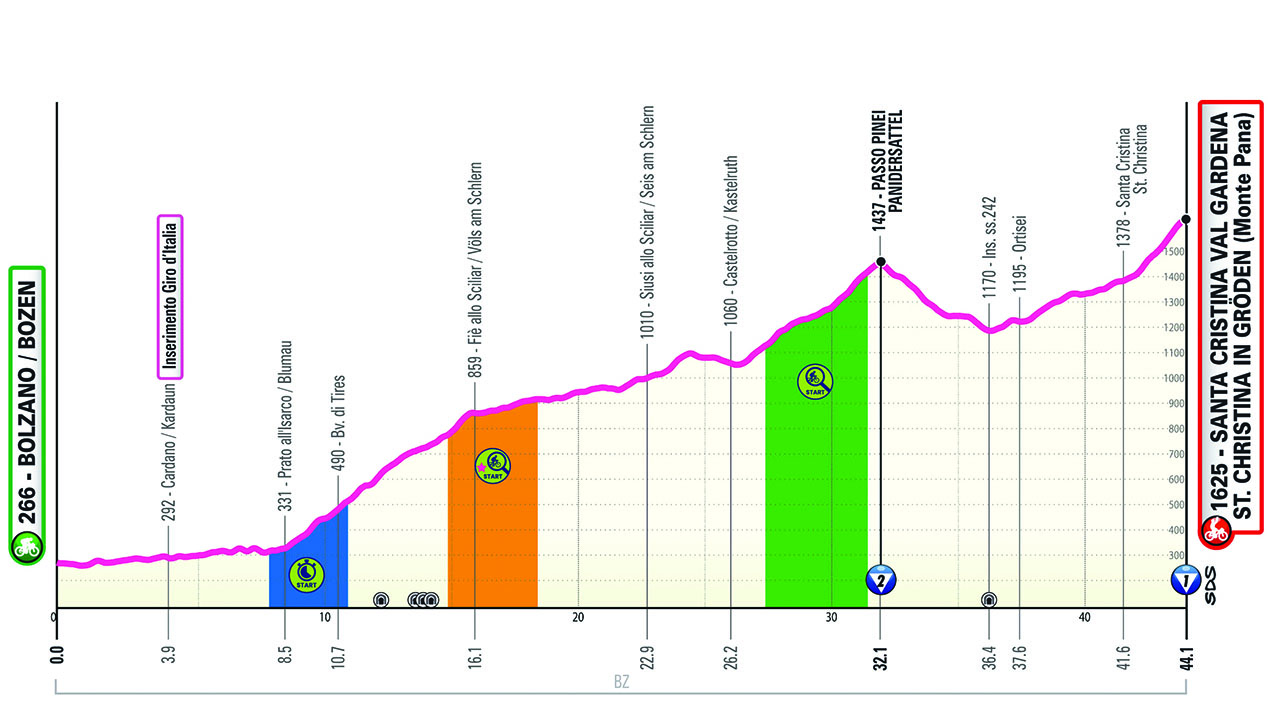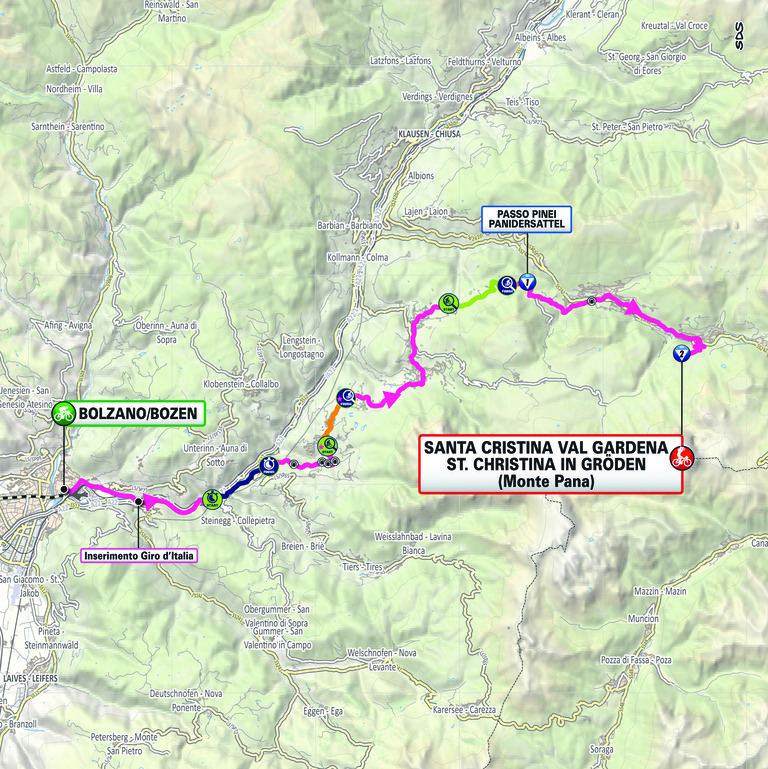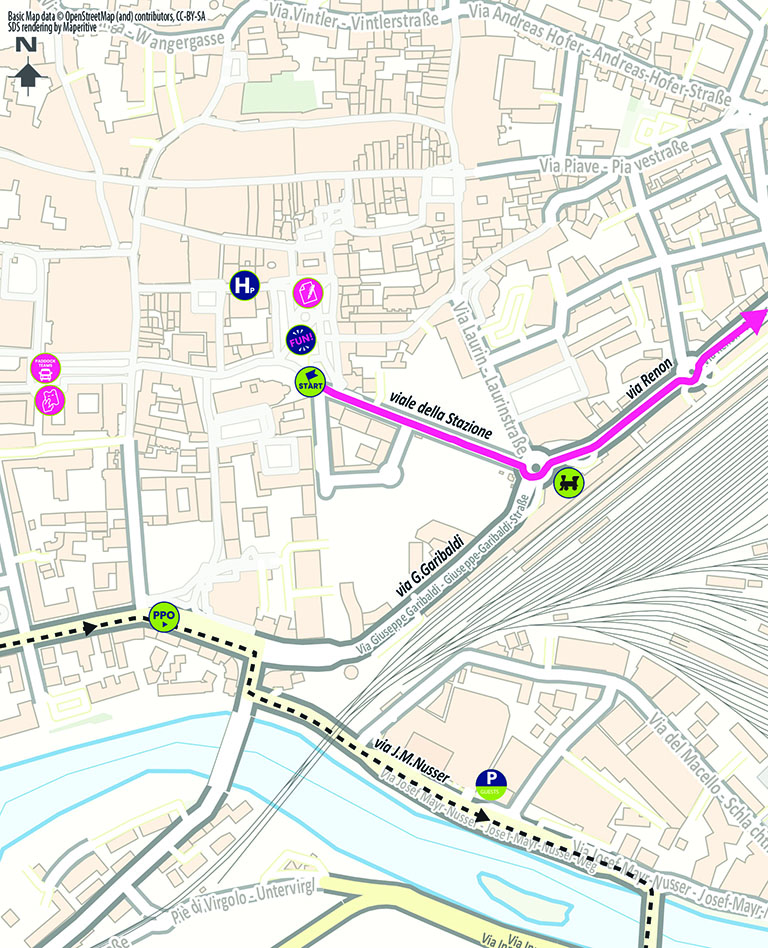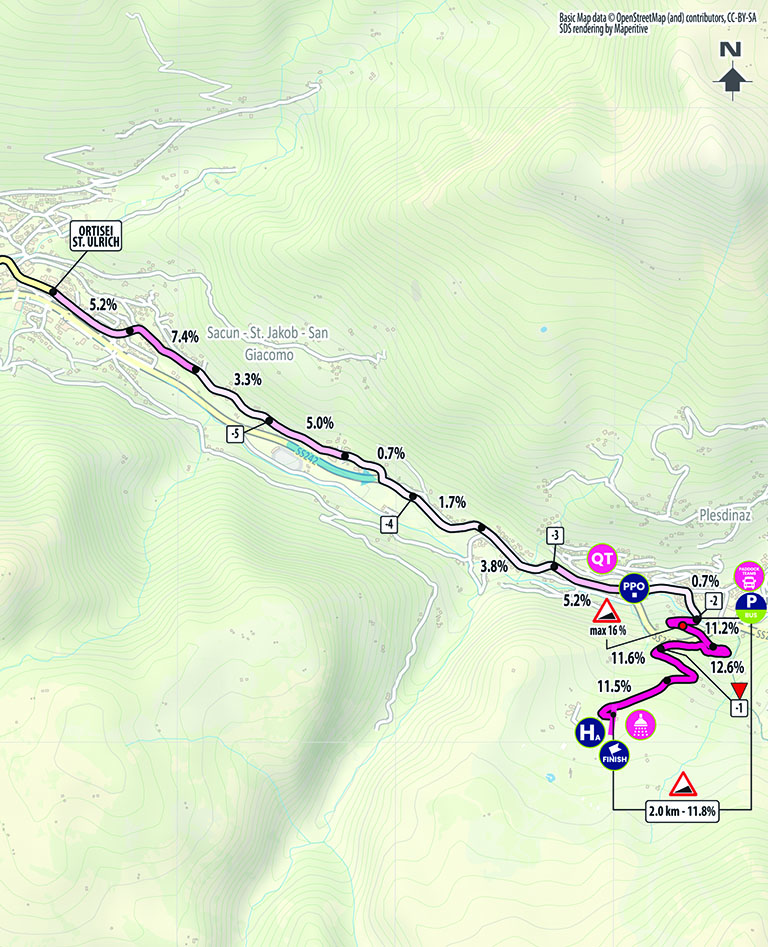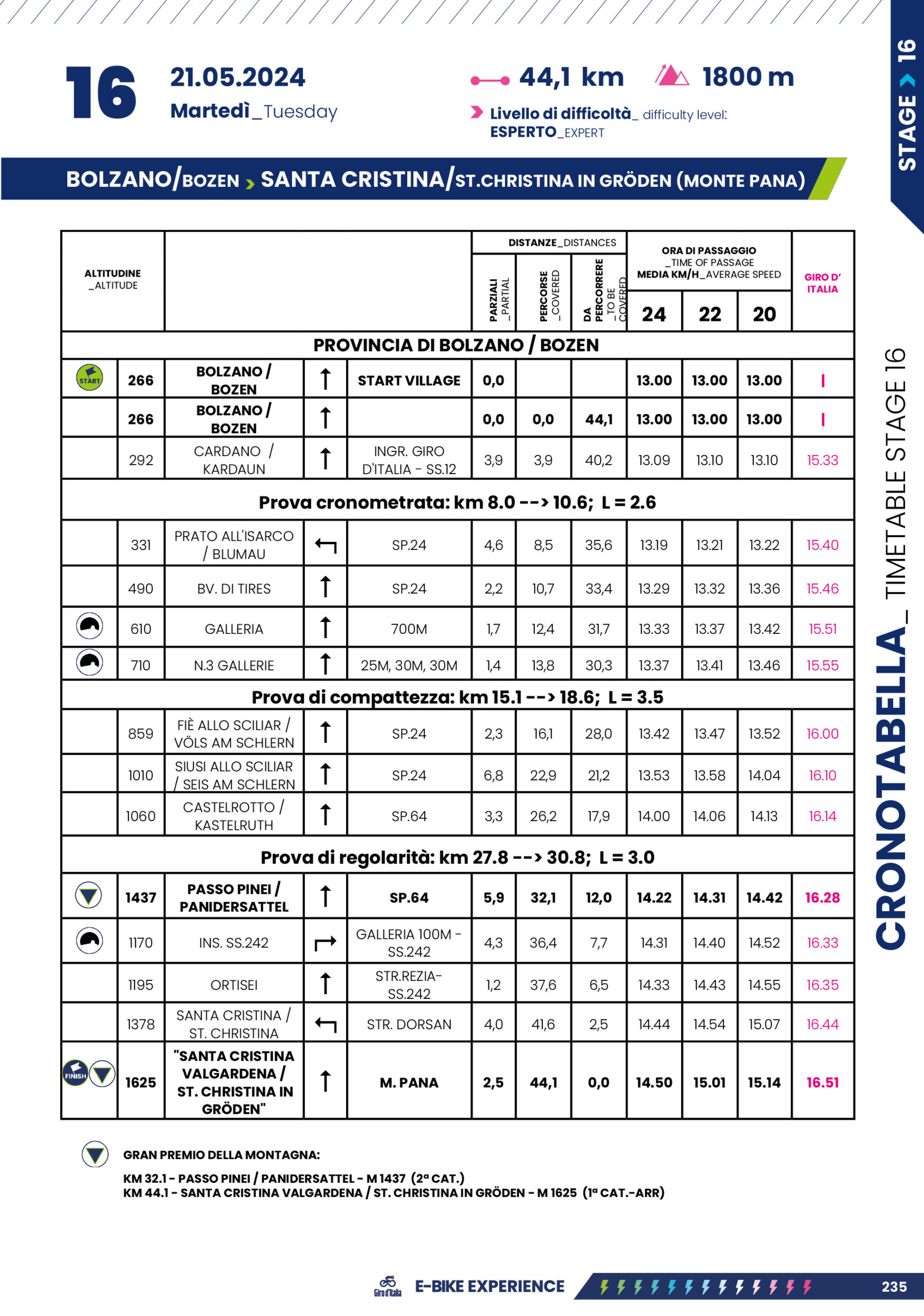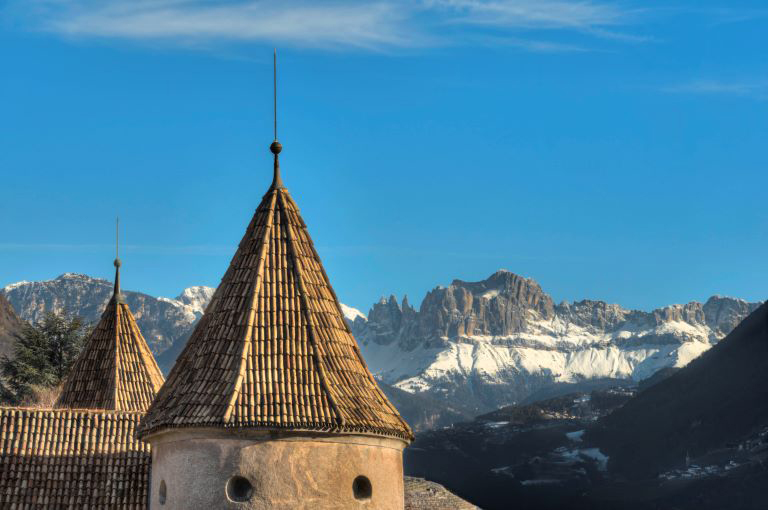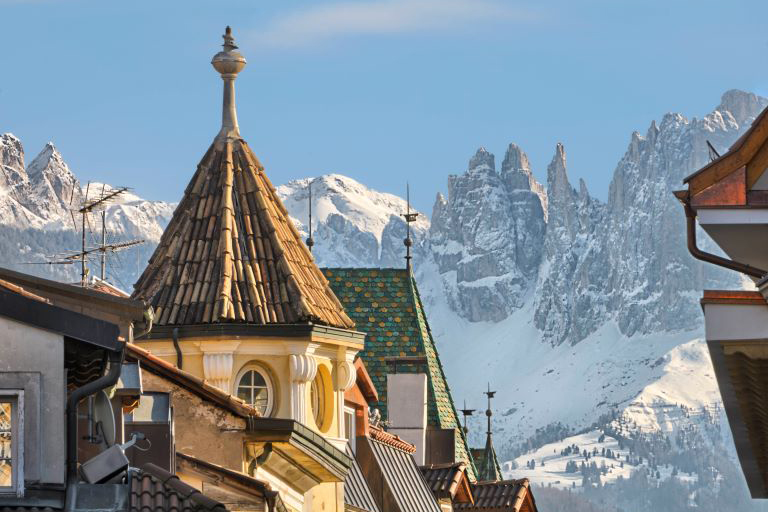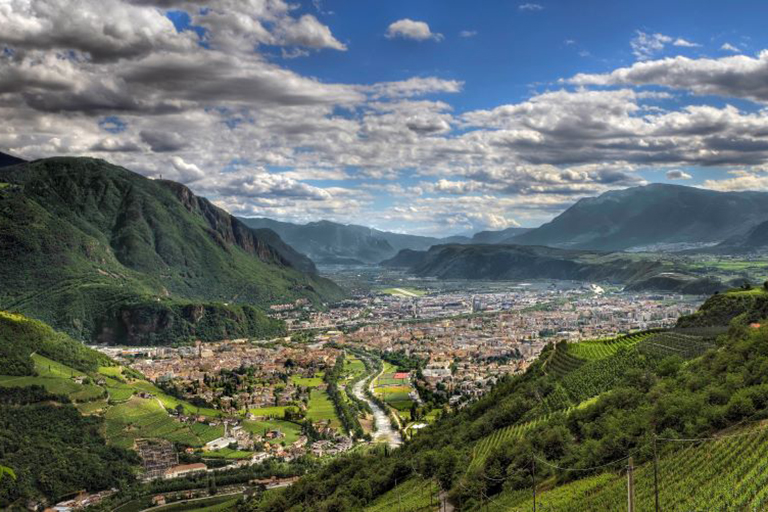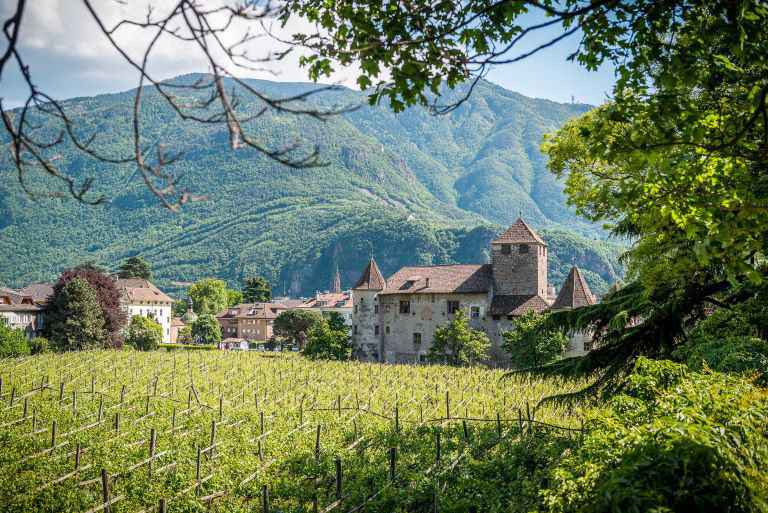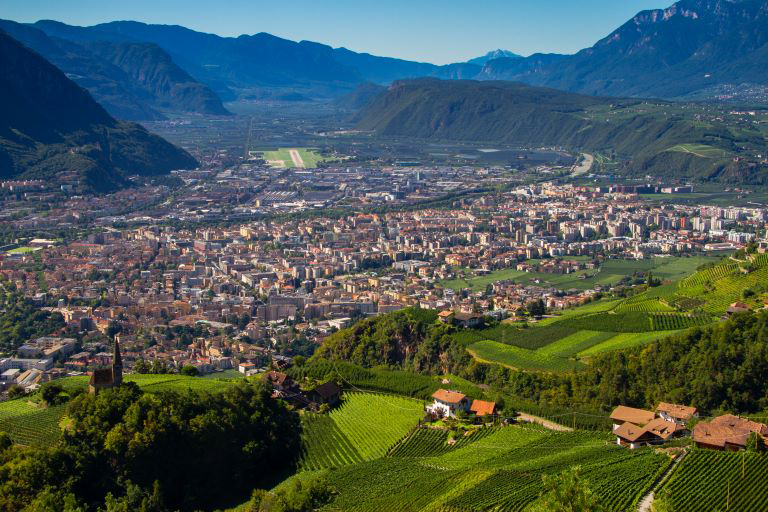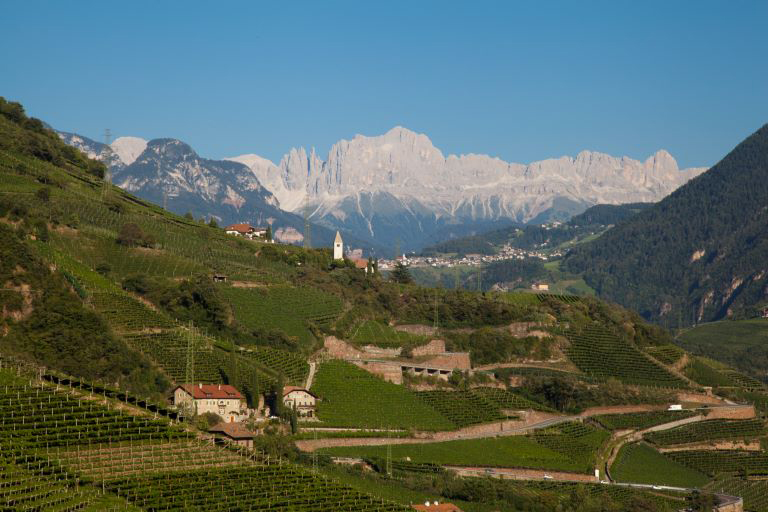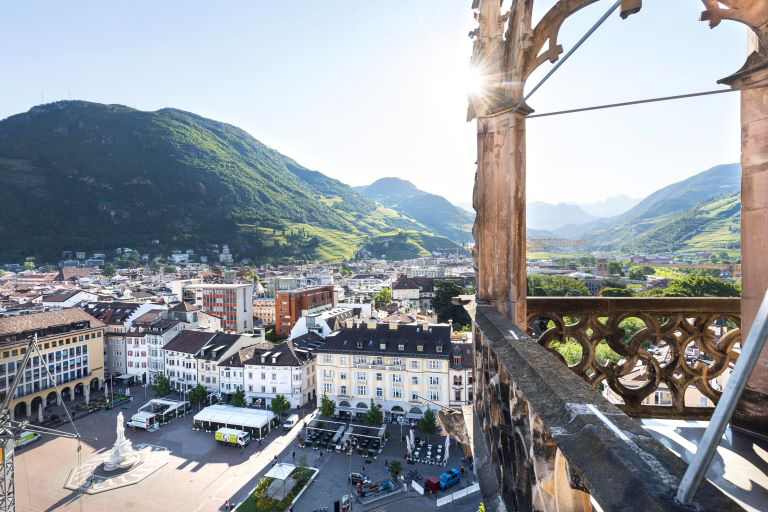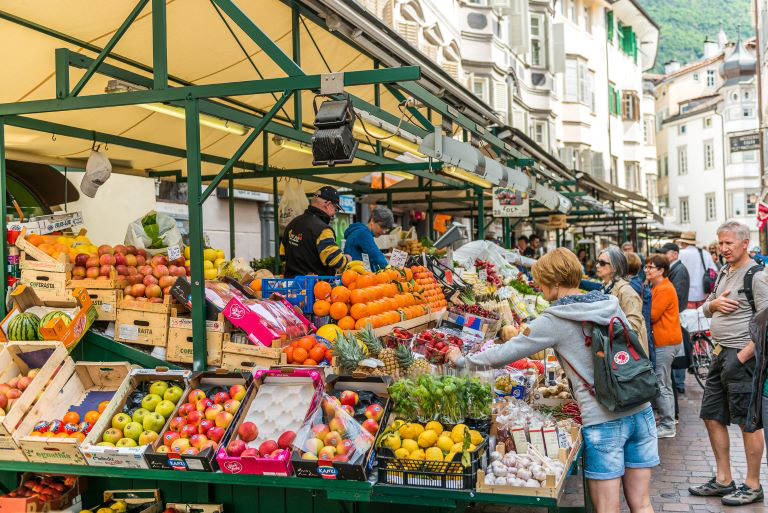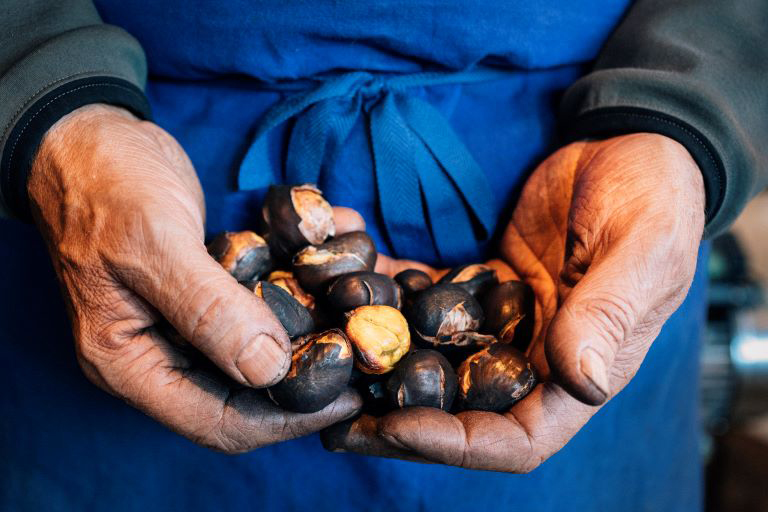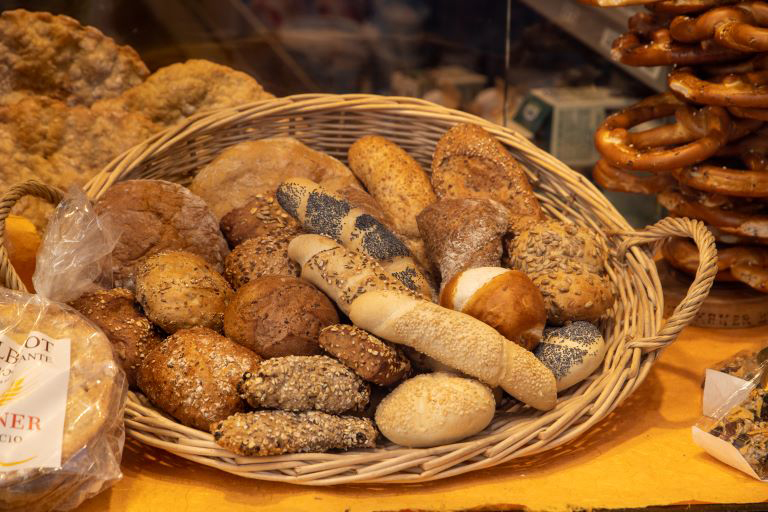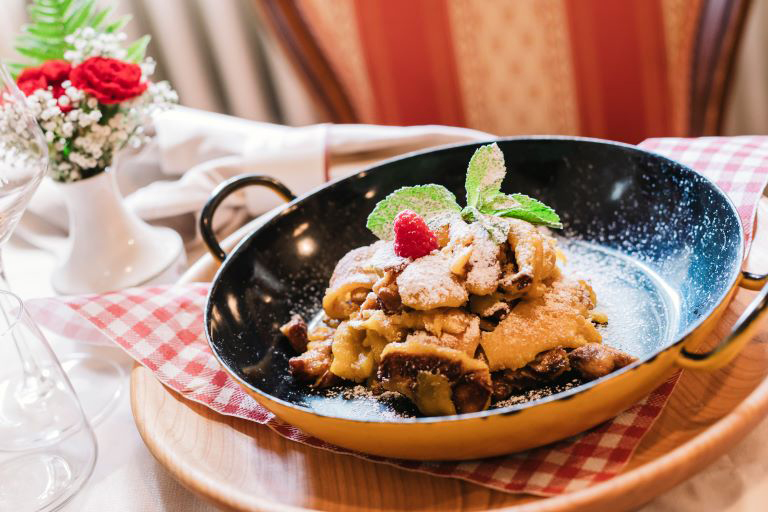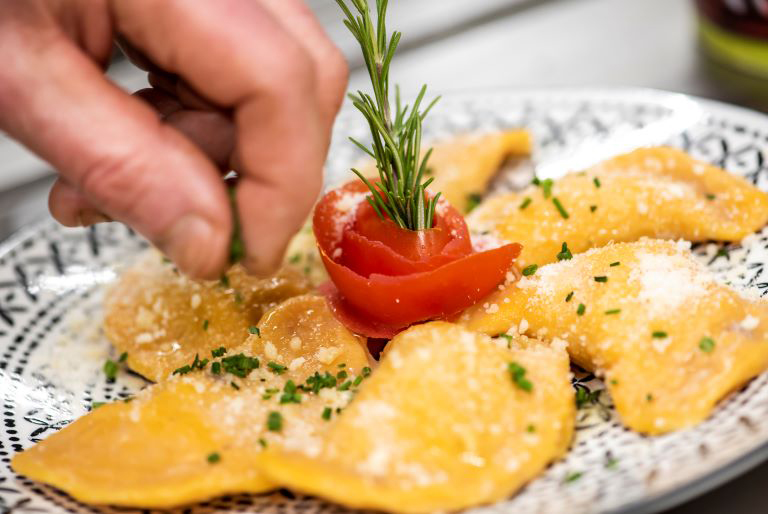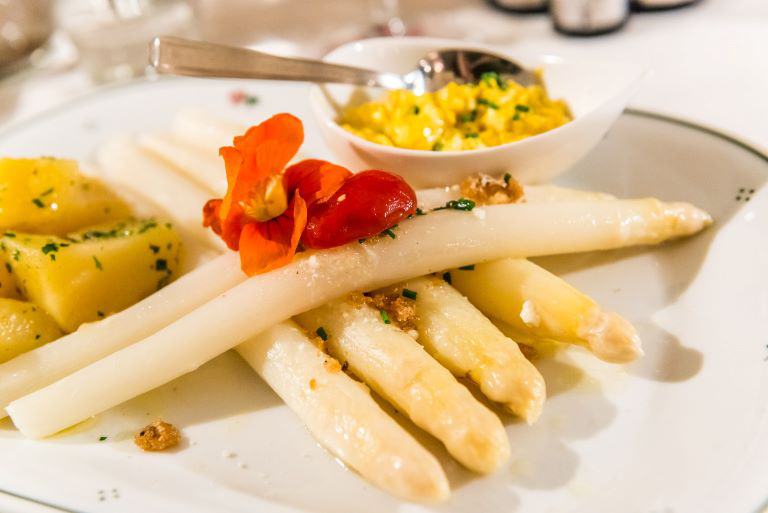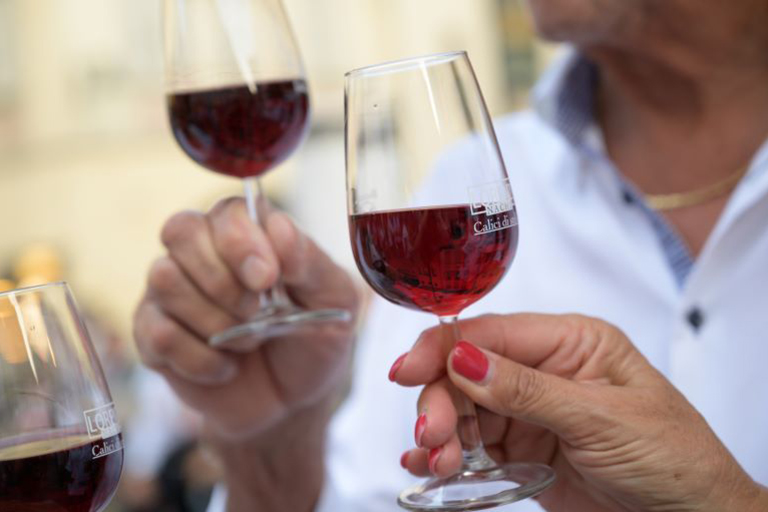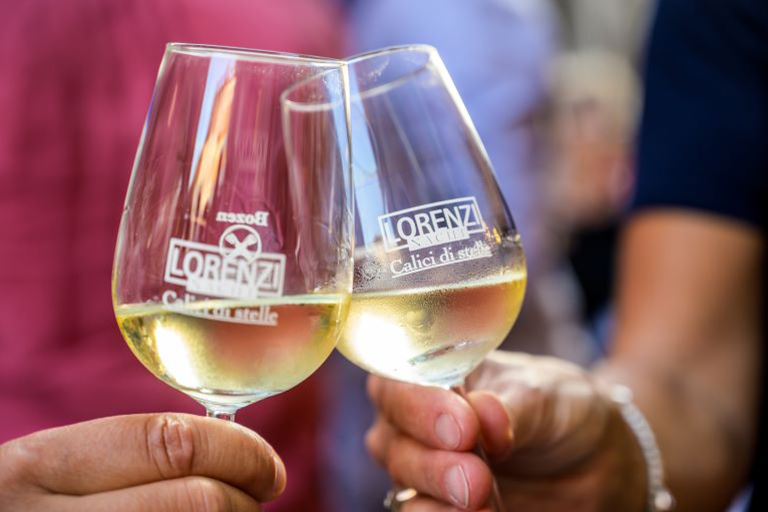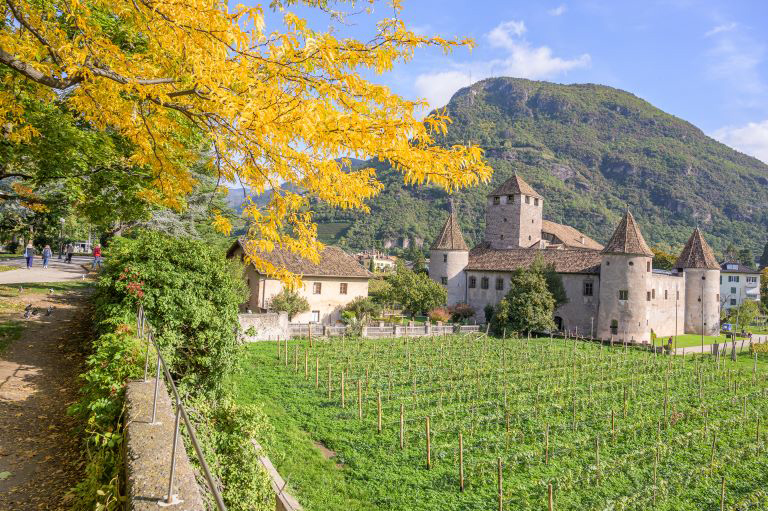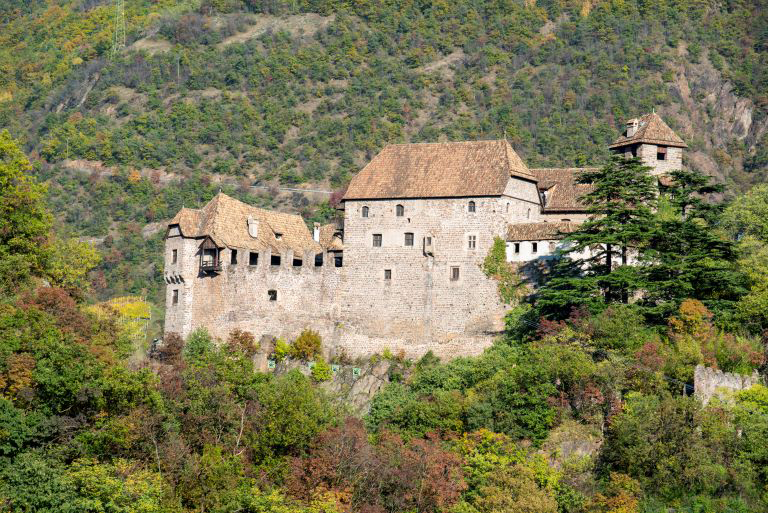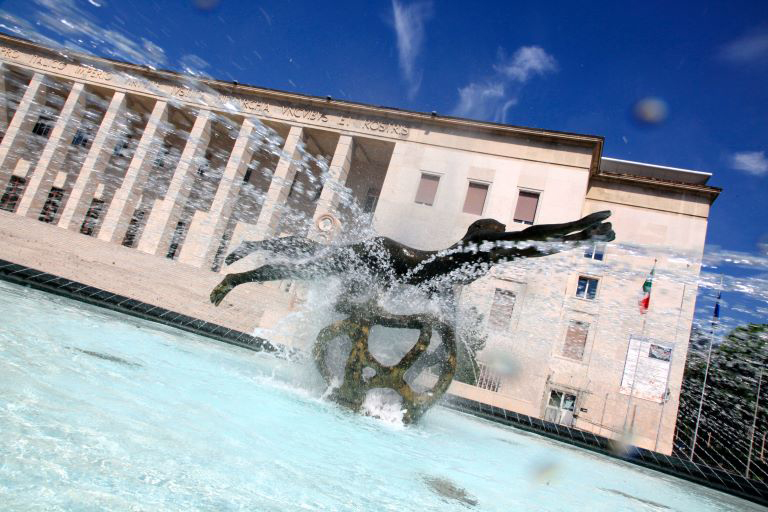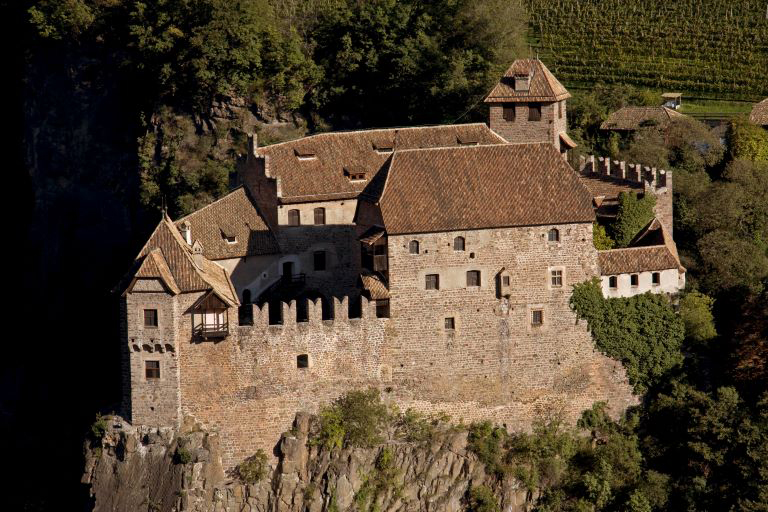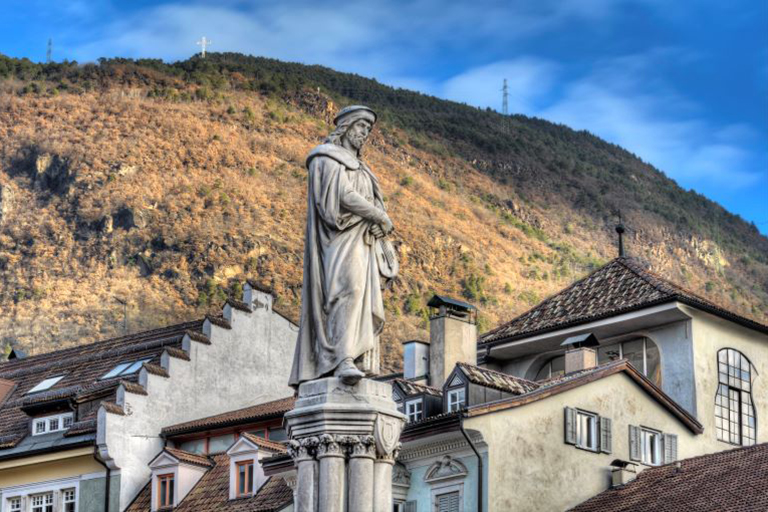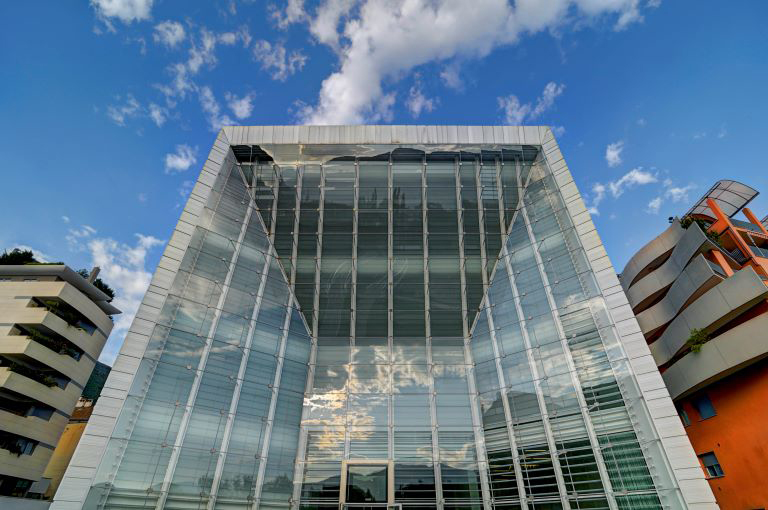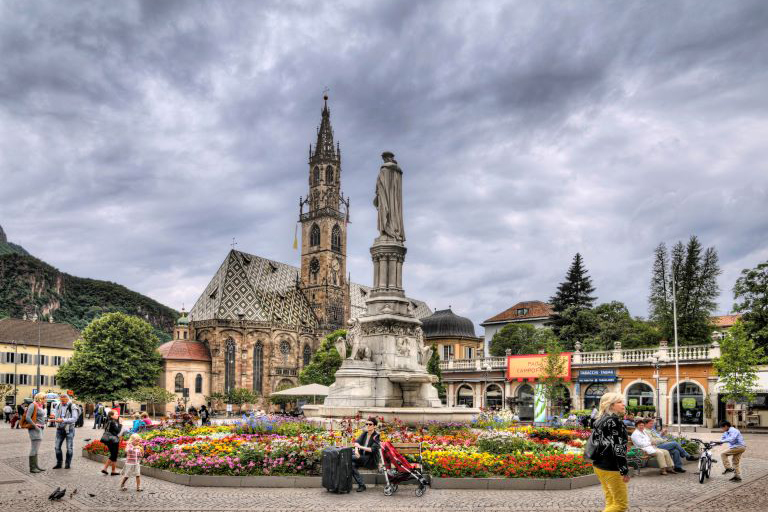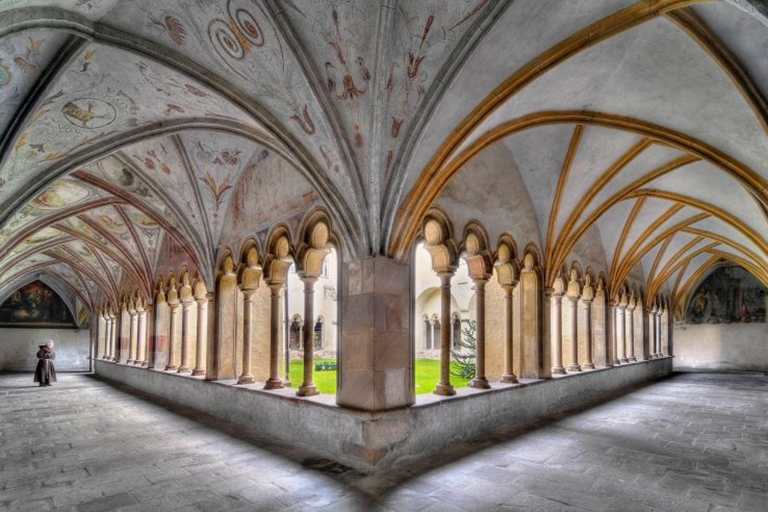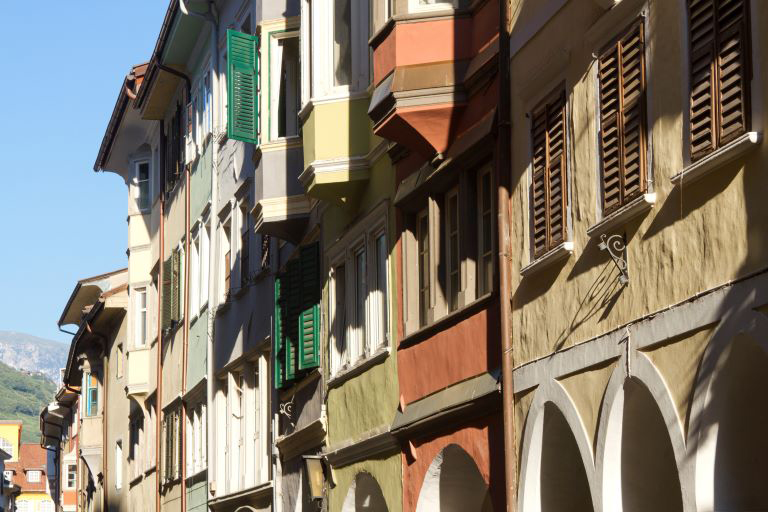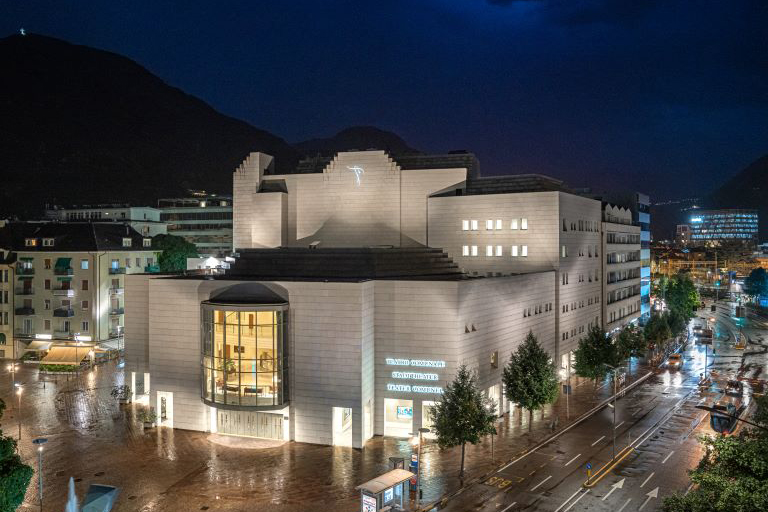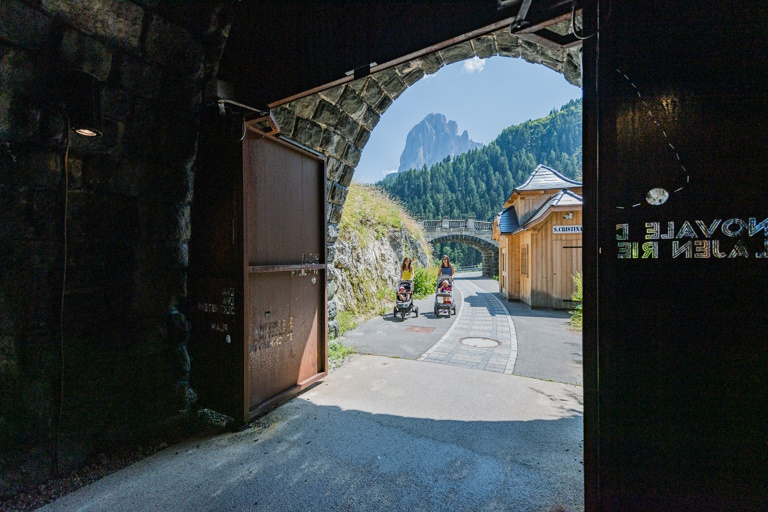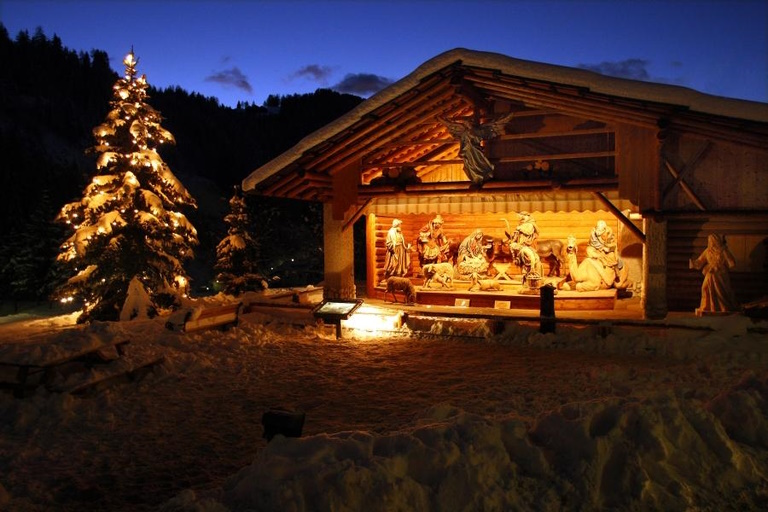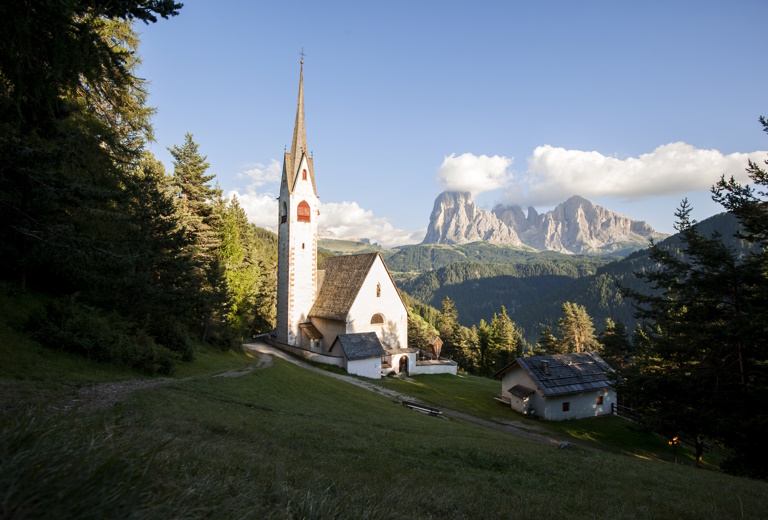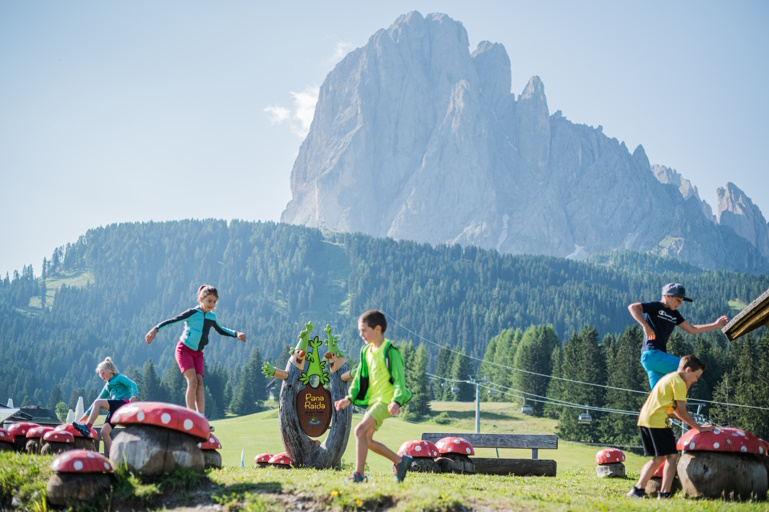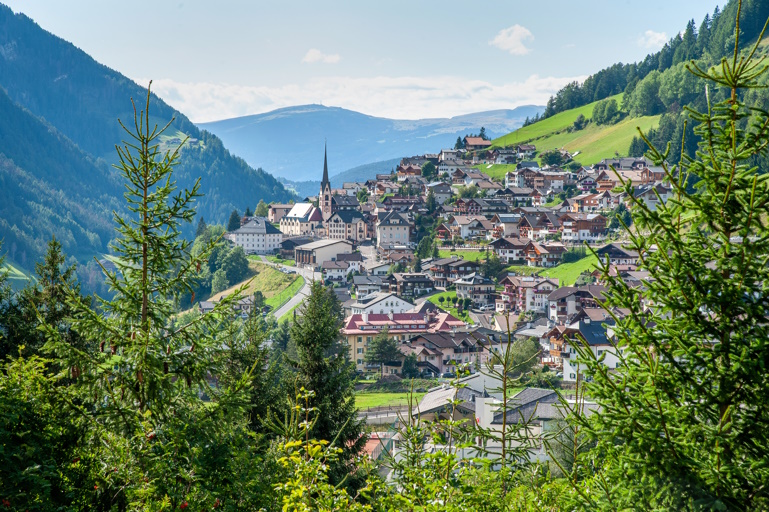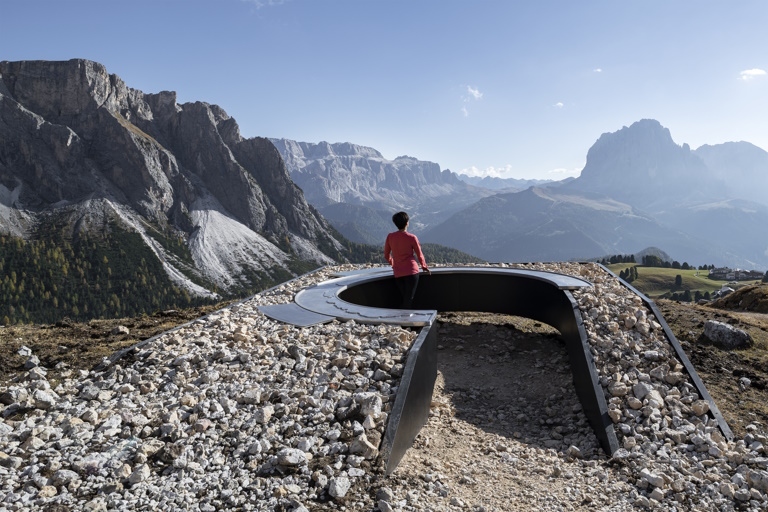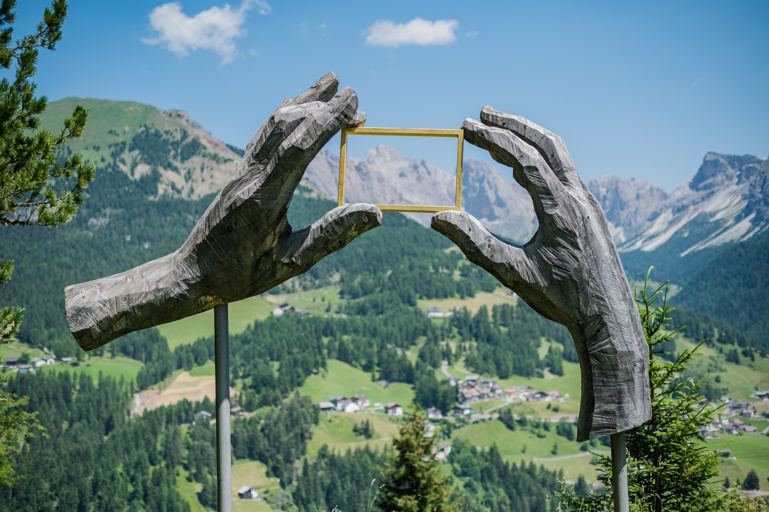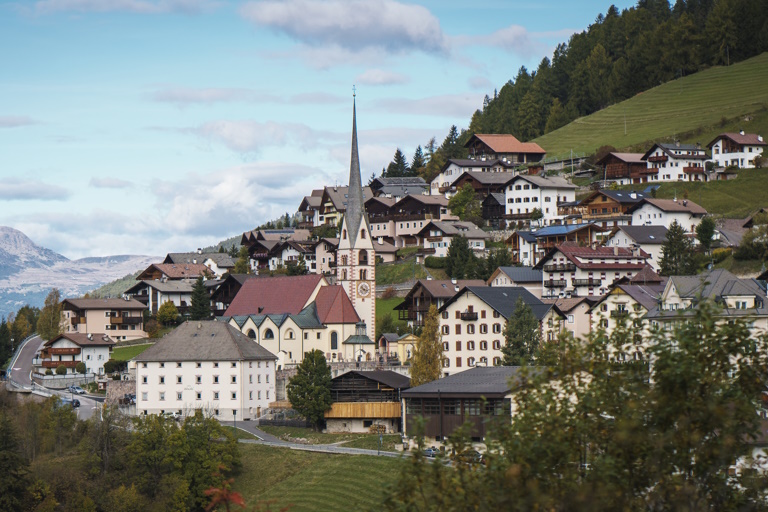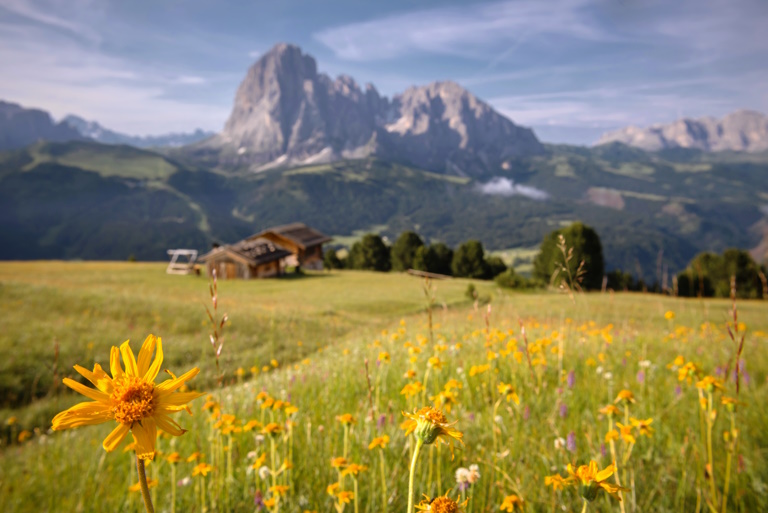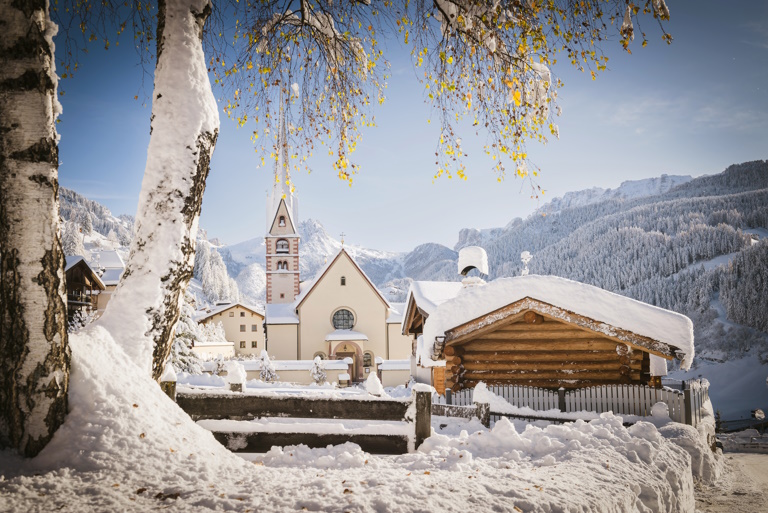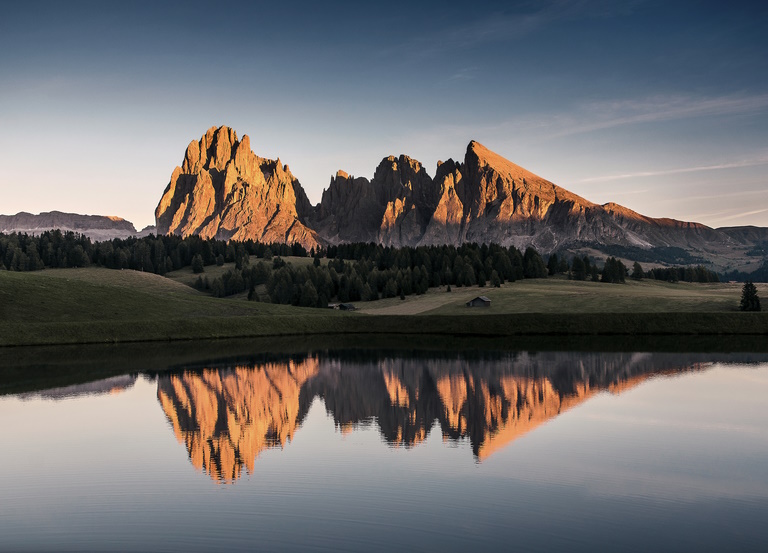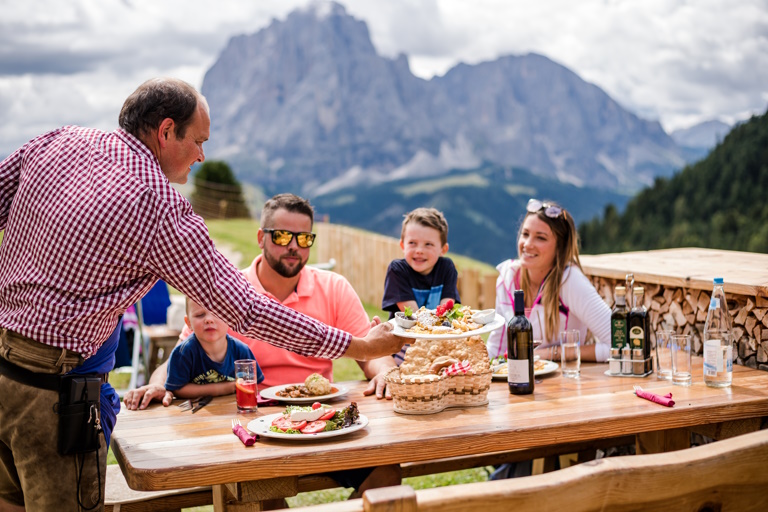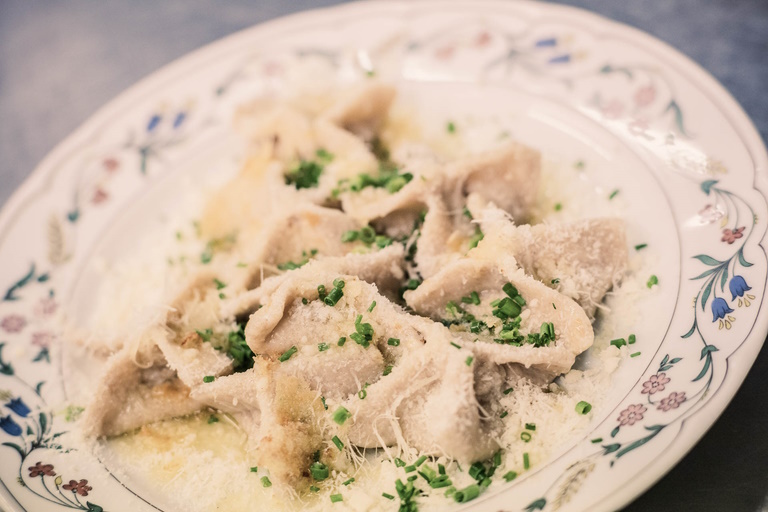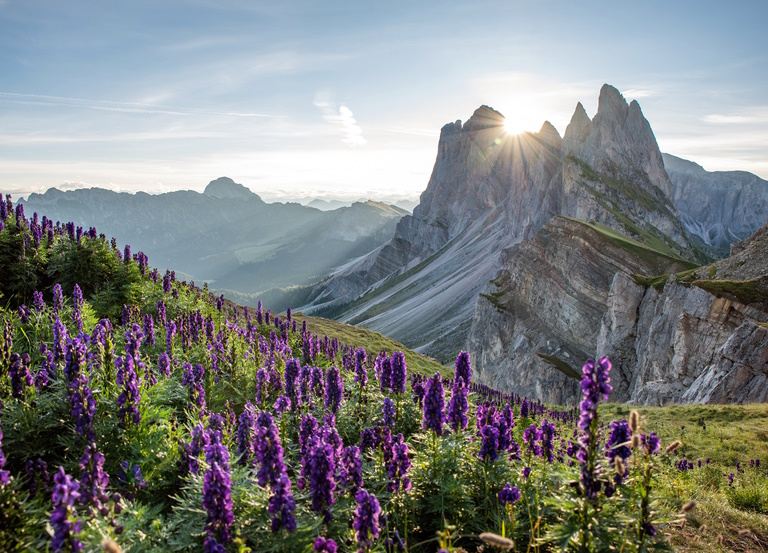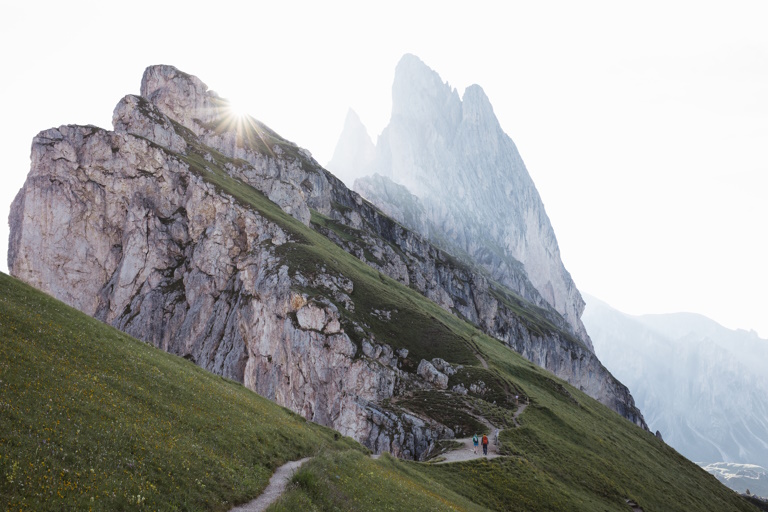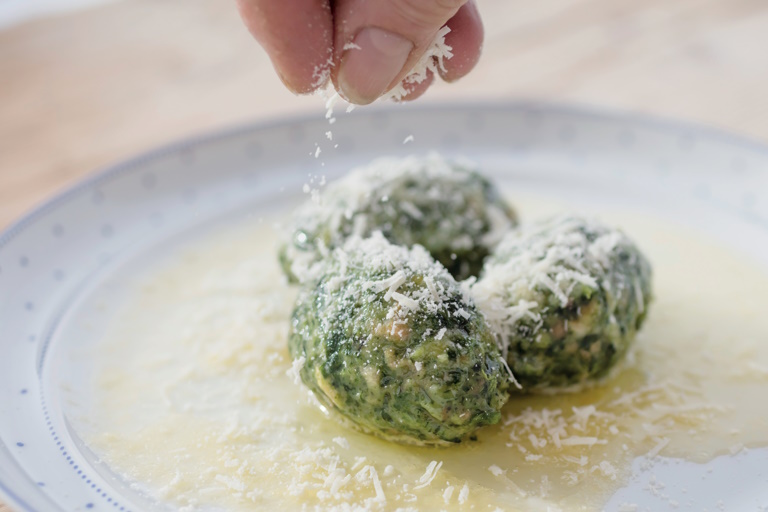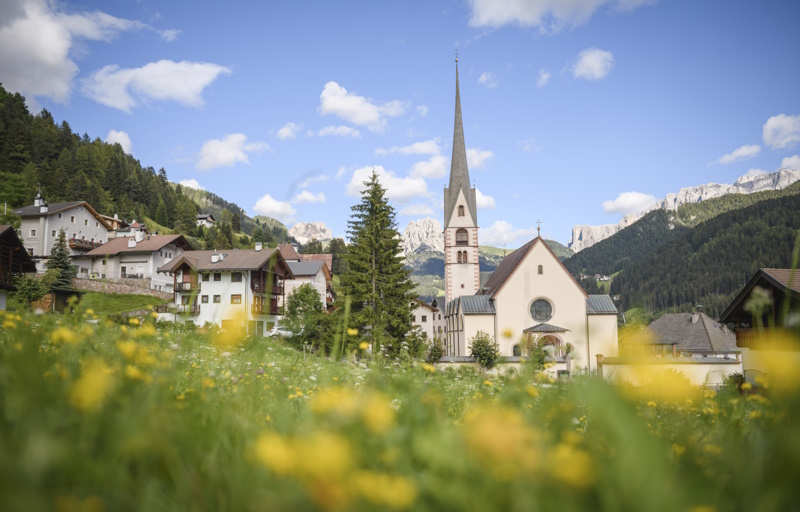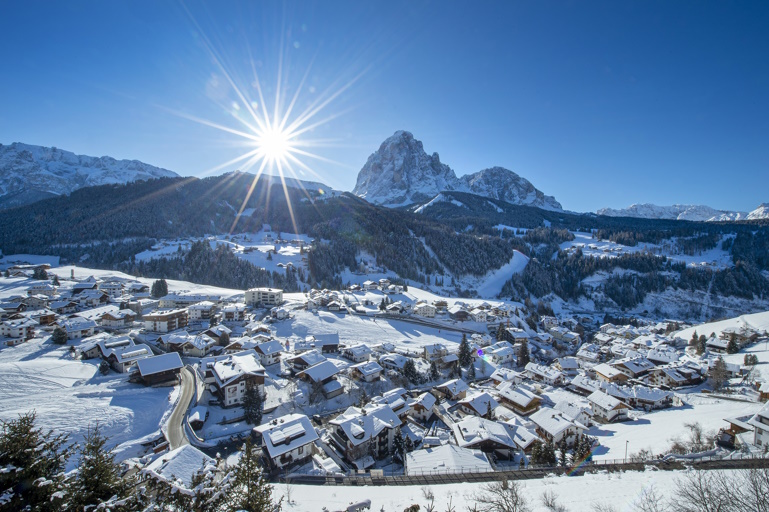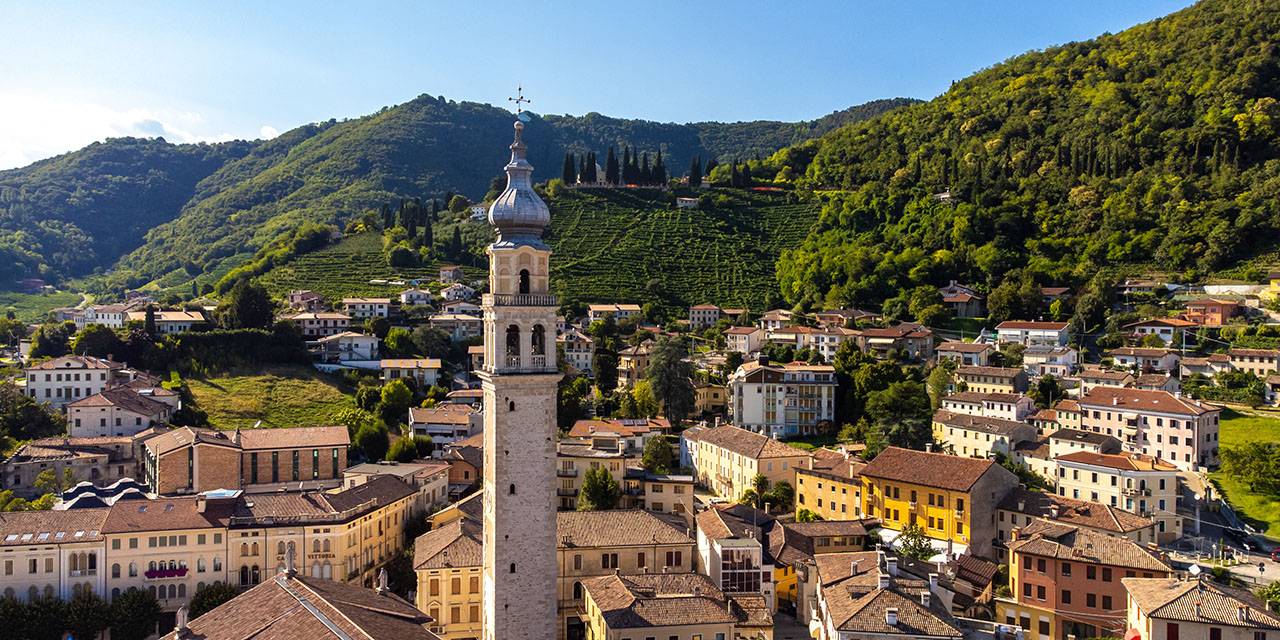
Stage
16
Tuesday 21
May 2024
44.1 km
Altitude gain 1800 mt
Stage suitable for: Experts

Bolzano/Bozen -
Santa Cristina Valgardena/ST. Christina in Groeden
Bolzano/Bozen - Santa Cristina Valgardena/ST. Christina in Groeden (Monte Pana)
tourist info
Host city:
Bolzano / Bozen
Overview
Bolzano is the capital city of the “Provincia Autonoma di Bolzano – South Tyrol” , the most northerly of the peninsula, a meeting place not only between different languages and traditions, but also between historical heritage and modernity, where Alpine and Mediterranean environments merge to create a unique mix. The “Portici”, the commercial heart of the historic centre, show different architectural styles, proposing from the most harmonious and delicate lines to the more squared and imposing ones. In addition to that, those who walk through can appreciate the variety of the city. The cultural offer is vast: among museums, castles and many cultural and entertaining initiatives, entertainment is guaranteed for all ages. Also not to be forgotten is the green and innovative soul of Bolzano, criss-crossed by more than 50 kilometres of bicycle paths and immersed in the green of nature.
Gastronomy
Bolzano is the capital city of the “Provincia Autonoma di Bolzano – South Tyrol” , the most northerly of the peninsula, a meeting place not only between different languages and traditions, but also between historical heritage and modernity, where Alpine and Mediterranean environments merge to create a unique mix. The “Portici”, the commercial heart of the historic centre, show different architectural styles, proposing from the most harmonious and delicate lines to the more squared and imposing ones. In addition to that, those who walk through can appreciate the variety of the city. The cultural offer is vast: among museums, castles and many cultural and entertaining initiatives, entertainment is guaranteed for all ages. Also not to be forgotten is the green and innovative soul of Bolzano, criss-crossed by more than 50 kilometres of bicycle paths and immersed in the green of nature.
Drinks
Wine production in Bolzano has an ancient tradition that today translates into the work of almost thirty private wineries and one social winery. Lagrein and Santa Maddalena, the city’s two most renowned red wines, are the icons of this heritage. Lagrein is one of the most important indigenous grape varieties in South Tyrol and is characterised by a deep, dark ruby red colour. This wine with its intense and full flavour is cultivated at altitudes as low as 300 m and prefers warm, gravelly or sandy soils. Its fruity cherry and floral aroma with hints of violets and lilacs enchants the palate and goes well with game, red meat and mature cheese. St. Magdalener, on the other hand, is traditionally cultivated on the slopes north of Bolzano that are particularly exposed to the sun, which gives this wine, together with the small amount of Lagrein that is combined with the Schiava grape, a fresh and stimulating taste. St. Magdalener, in accordance with ancient tradition, is a ruby-red coloured wine with a fruity aroma. It is a wine with a light, harmonious and structured flavour, excellent with light appetisers, fish dishes, red meat and fresh cheese. Bolzano’s deep connection with wine is there for all to see: The vineyards penetrate the neighbourhoods and the historic centre, outline the contours, and adorn the gentle slopes and the flat basin like a natural garden. Everywhere the rows of vines and pergolas intertwine with the architecture in the unmistakable and unique scenery beneath the Dolomites. Beer production counts on several craft breweries in town, including Batzen Häusl (Bolzano’s oldest inn) and Bozner Brau Hopfen.
Points of interest
Bolzano is a place of encounter and exchange between different cultures. In art Giottesque paintings and works of the Gothic school coexist, while in architecture, the singular contrast between the historic city and the new one, divided by the Talvera river, immediately stands out. Visiting the city means discovering the peculiarities that arise from the meeting of the Mediterranean and Central Europe as you stroll through churches, monuments, historic streets and squares, museums and castles. The history of Bolzano is also told through the cloisters, arcades and frescoes of the different architectural styles of the many churches and convents scattered along the main streets and the most hidden lanes, that have contributed to the development and beauty of the city so much that they still fascinate guests and Bolzano residents today. For example, the cathedral dedicated to Mary of the Assumption and co-cathedral of the Bolzano-Brixen diocese, which, with its 65-metre-high bell tower, towers above Walther Square. It is this square, also known as the “good living room” of the city, that represents the heart of the old town, together with the famous mediaeval “Portici” with their typical seamless sequence of shops, some typical and traditional, others modern and refined. The façades are a cheerful sequence of different architectural features: the “erkers” (bay windows projecting onto the street), the stucco decorations, the pastel colours, the balcony of Palazzo Mercantile, the arcades alternating that alternate in various heights and with various decorations. Particularly beautiful are those of the Old Town Hall, now home to the Municipal Historical Archives, built in a pointed arch with beautiful fresco decorations. Even in the city, it is possible to come across one of the many castles typical of the region, such as Mareccio Castle (13th century) located close to the city centre, surrounded by a vineyard of prized Lagrein grapes and with an enchanting view of the Catinaccio-Rosengarten. Another noteworthy example is Roncolo Castle, located at the entrance to Val Sarentina, north of the city. Built in 1237 on a rocky outcrop, the castle has been enlarged and restored several times and preserves splendid frescoes depicting scenes of courtly life, hunting episodes, knightly tournaments and moments from everyday life. Also to mention is the presence of literary cues that can be seen in the depiction of the adventures of Tristan and Isolde and those of King Arthur with his knights of the round table. This is the largest and best-preserved cycle of medioeval frescoes on secular subjects. Finally, there is no shortage of museums in the city, which again offer an interesting variety. Among the best known is certainly the Archaeological Museum, since 1998 the home of the famous mummy Ötzi, the Iceman. In addition to the original 5300-year-old mummy, his clothing and equipment, the museum exhibits all aspects of the ‘Ötzi’ phenomenon: from living conditions in the Copper Age to the latest results of scientific and archaeological research to the curiosities surrounding Ötzi’s ‘second life’. Turning to the scientific-landscape sphere, there is the South Tyrol Museum of Natural Sciences. It is housed in the former administrative headquarters of the Austrian Emperor Maximilian I and on an area of 100 square metres, the variety of the South Tyrolean landscape is depicted, in particular the genesis of the Dolomites. The marine aquarium is particularly popular, as well as various travelling exhibitions. Modern and contemporary art find their place in the Museion, a modern building designed by the KSV Krüger Schuberth Vandreike architecture studio in Berlin, and a reference point for local and international contemporary art.
Santa Cristina Valgardena/ST. Christina in Groden (Monte Pana)
Overview
Surrounded by flower-filled meadows and bizarre rock formations, this charming town is a place where hospitality and joy of tradition come together in a truly inviting combination. Santa Cristina has just under 2,000 inhabitants, most of whom are active in tourism and know how to welcome the many hikers, cyclists, skiers and families who spend their holidays here.
Punti di interesse
- St. James’ Church: tradition has it that the Church of St. James, located in the area of the ancient ‘Troi Paian’ path, is the oldest church in the valley. It was consecrated to the patron saint of travellers and pilgrims. From the town of Ortisei, the church can be reached on foot (approx. 1 hour) along an uphill path; alternatively, visitors can comfortably reach it by bus or by car in approx. 15 mins. Additionally, a path leads from the church of St. Christina to this picturesque 12th-century church, whose exterior is distinctively Gothic, while the interior also has Baroque details.
- Dolomites UNESCO Panoramic terrace Mastlé – S. Cristina Val Gardena: in 2009, the Dolomites were recognised as a UNESCO Natural Heritage Site due to their scenic beauty and extraordinary geological and geomorphological importance. The Dolomites and the Puez-Odle Nature Park were granted the highest accolade for a natural site. A panoramic balcony has been created in the Puez-Odle Nature Park, in the vicinity of the Col Raiser cable car station at 2200 metres.
- Monte Pana – PanaRaida – Adventure Trail and Troi Unika: the entrance to the PanaRaida adventure trail is located in Santa Cristina, precisely at the Monte Pana car park, from where it continues to the valley station of the Monte Sëura chairlift. This is where the friendly but yet adventurous clockwise or counter-clockwise route begins, along which visitors can enjoy ten different stations equipped with natural materials for the unforgettable enjoyment of young and old alike. The ‘Troi UNIKA’ theme trail on Monte Pana allows guests to discover the beauty and uniqueness of the natural landscape together with the deep-rooted Val Gardena tradition of wood carving. The various stops invite the visitor to discover the small and large wonders of nature and to admire fine examples of original Val Gardena craftsmanship.
- “La ferata de Gherdëina” – The Val Gardena railway and the little train tunnel in S. Cristina: the Val Gardena railway, or ‘la ferata’ in Ladin, was built for military purposes by thousands of Russian prisoners of war, soldiers and civilians in just four and a half months, between 1915 and 1916. The expansion of the automobile industry in 1960 marked the end of the Val Gardena railway. Today, a walk leads from Ortisei (where the old steam locomotive can be seen), via S. Cristina and Selva, along the former route, marked by information boards and historical illustrative material. From 1917 to 1960, the Val Gardena train ran through the tunnel near the parish church of S. Cristina. In 2017, tunnel modernisation made it accessible to history-loving passers-by or those simply strolling along the Val Gardena train path.
- The world’s largest hand-carved nativity scene: at the Iman Sports Centre in S. Cristina, the world’s largest life-size, hand-carved nativity scene is on display. This work of art has been constantly expanded since 1988 and can be visited free of charge all year round.
- The Sëurasas viewing terrace: the Sëurasas (2,125 m), high above S. Cristina, is a peaceful spot surrounded by nature. The hiking trail leading to the Sëurasas not only offers a fantastic view, but the interesting conditions of the path make it a special experience for all hiking lovers.


